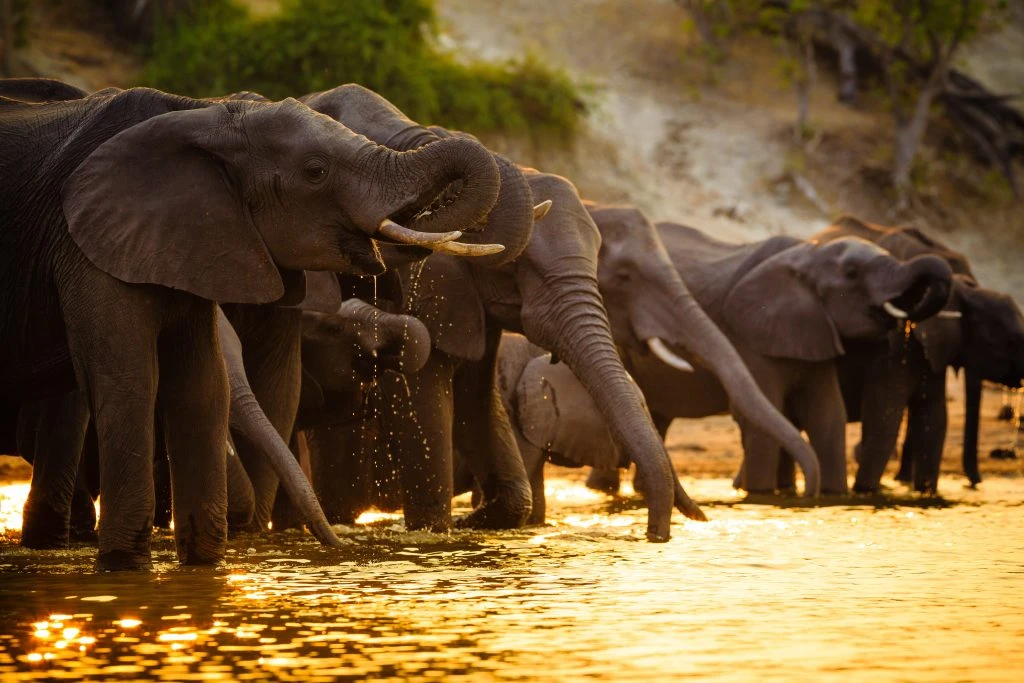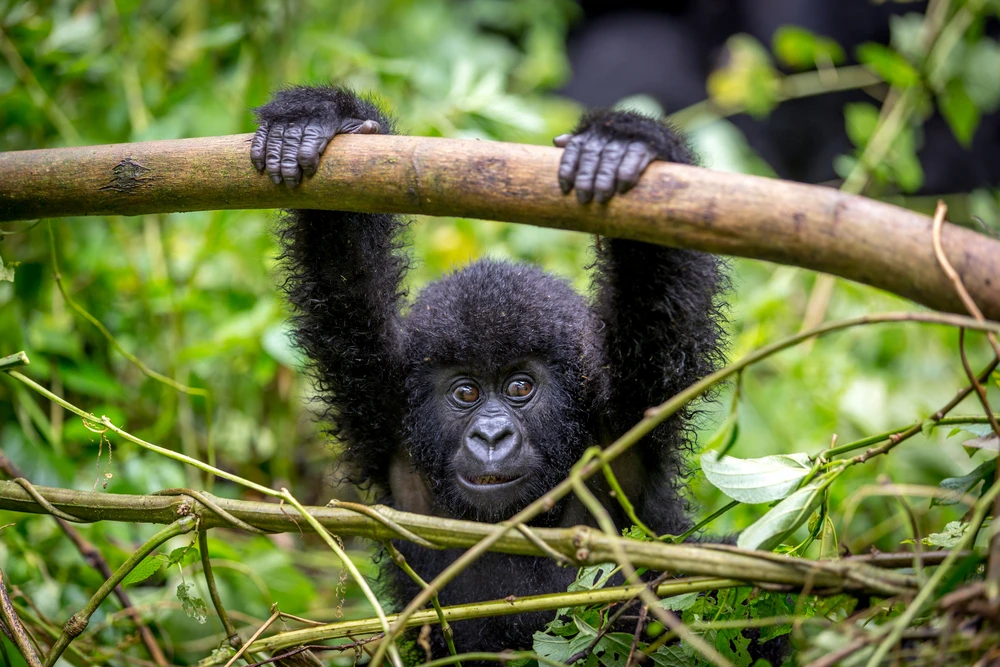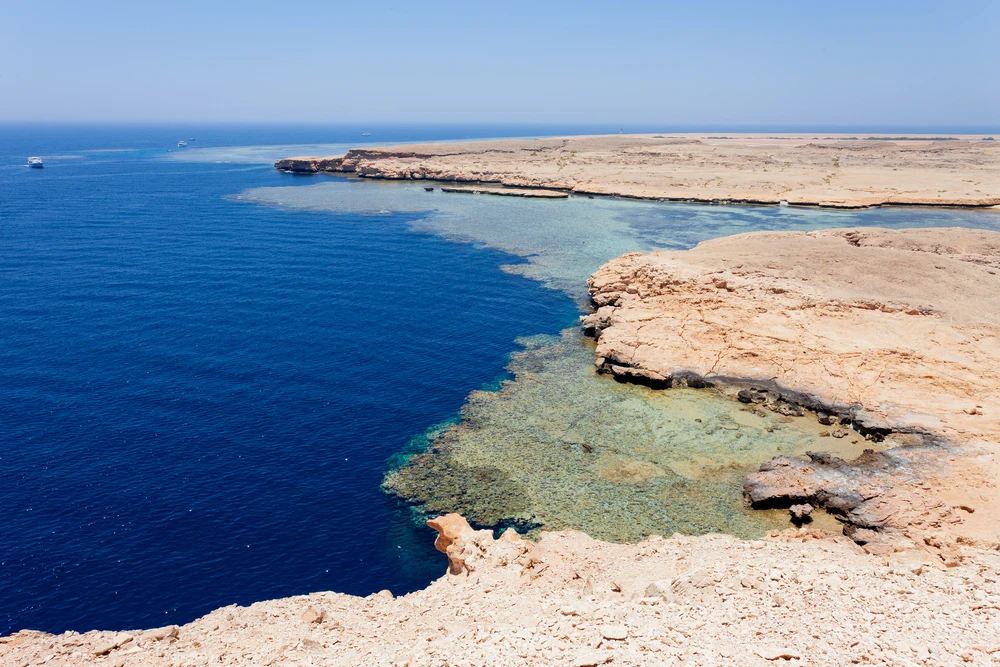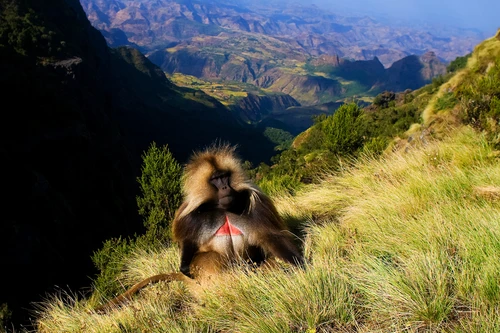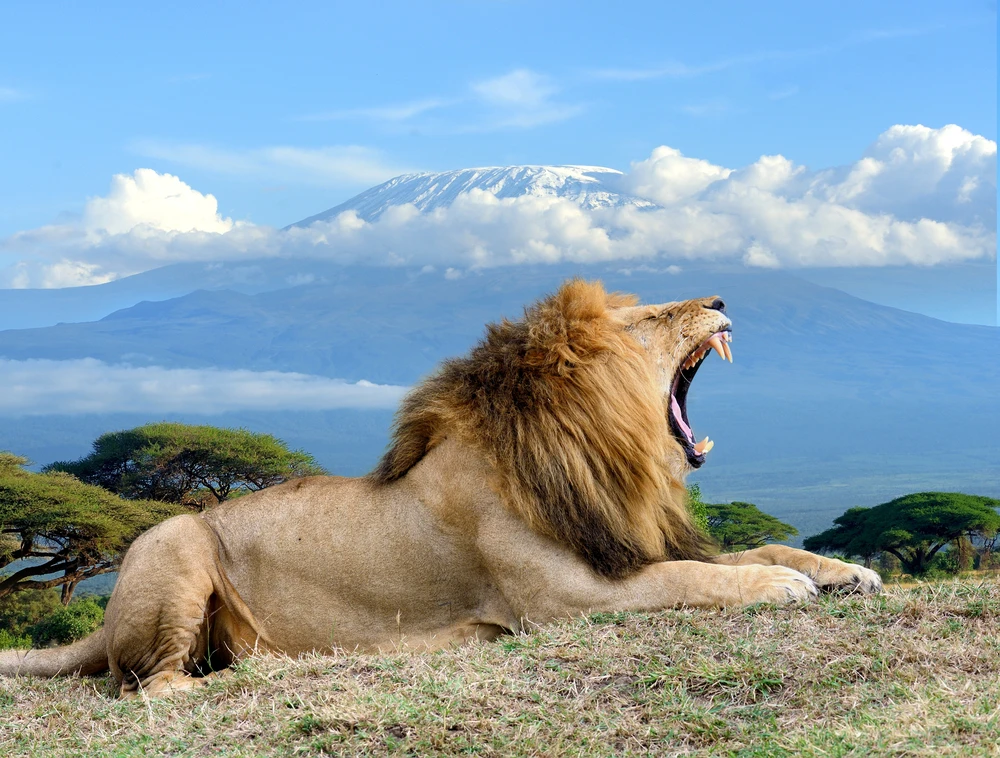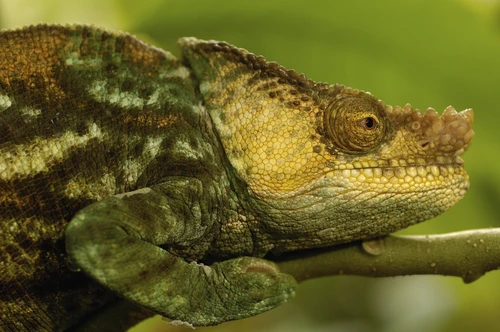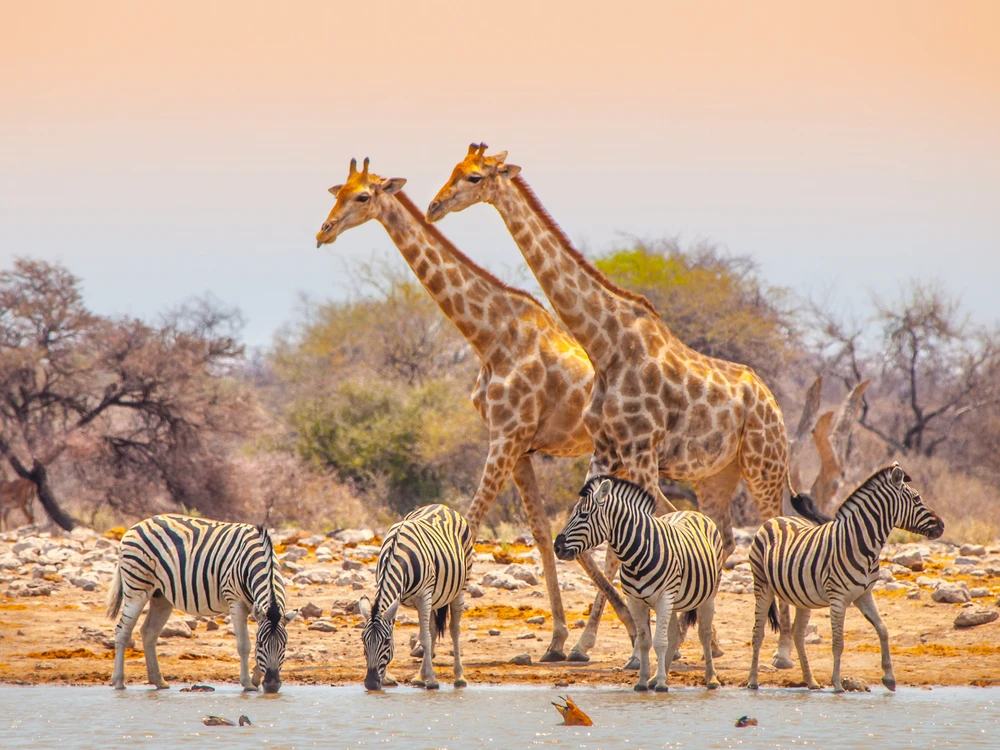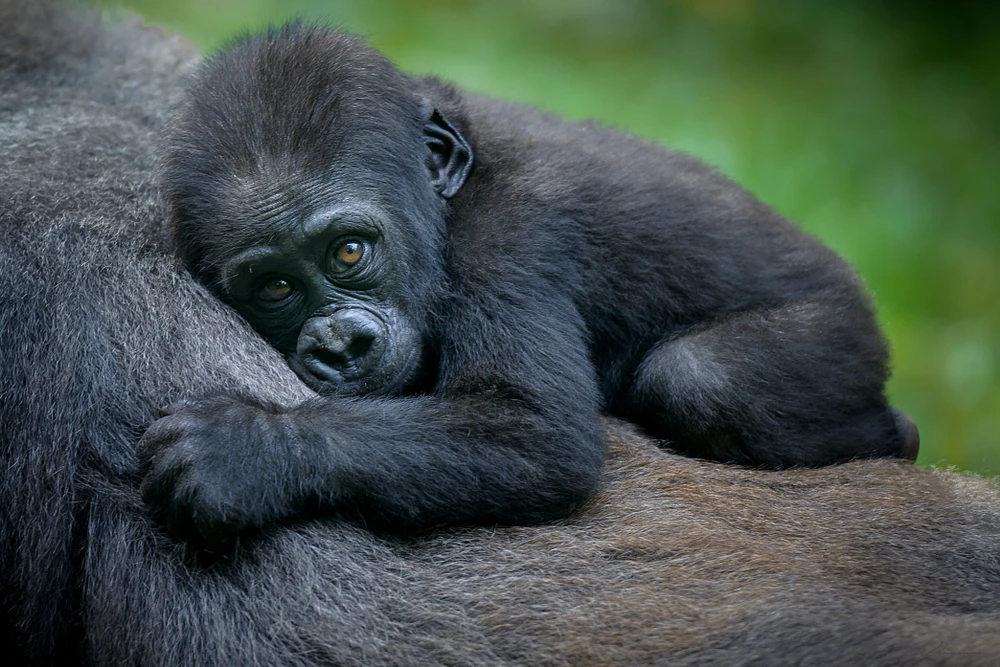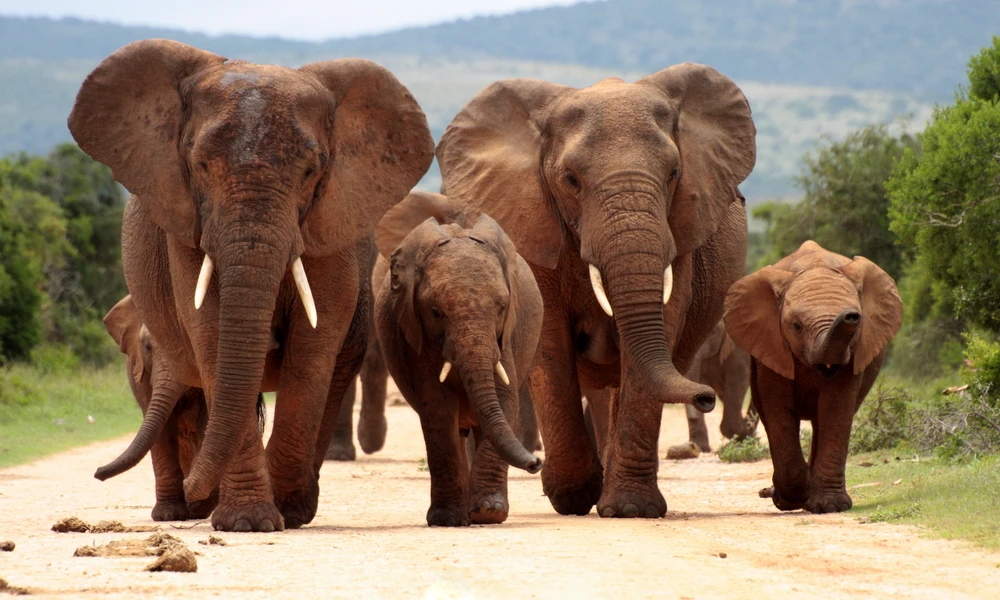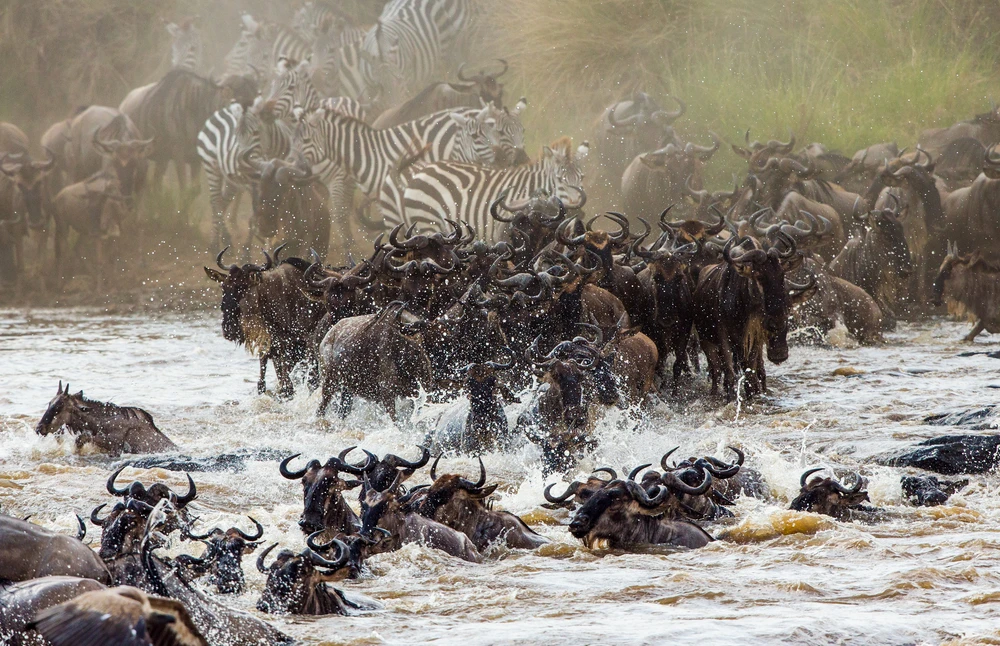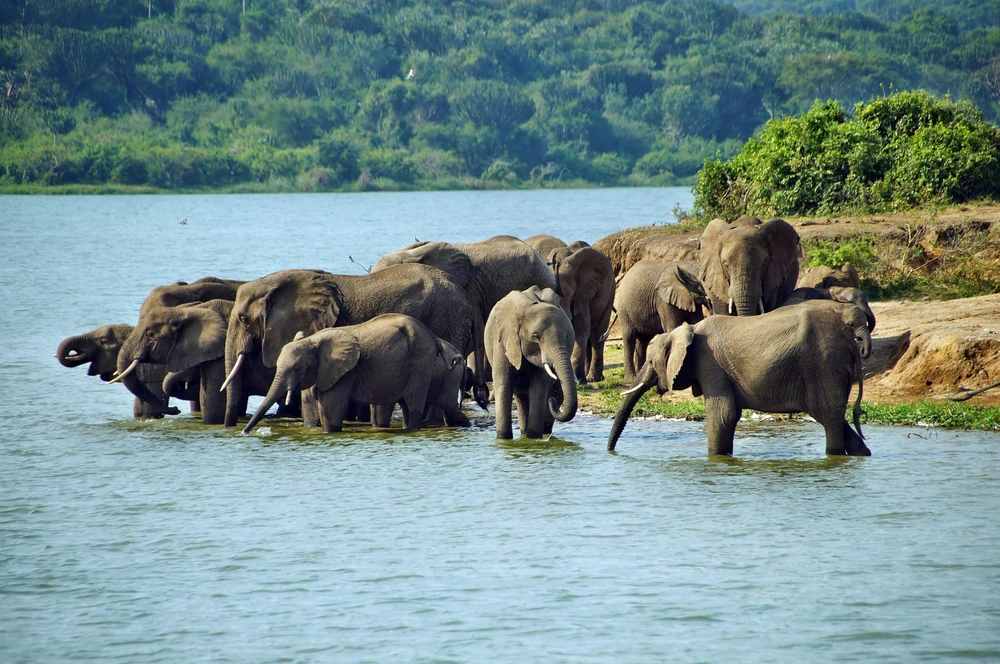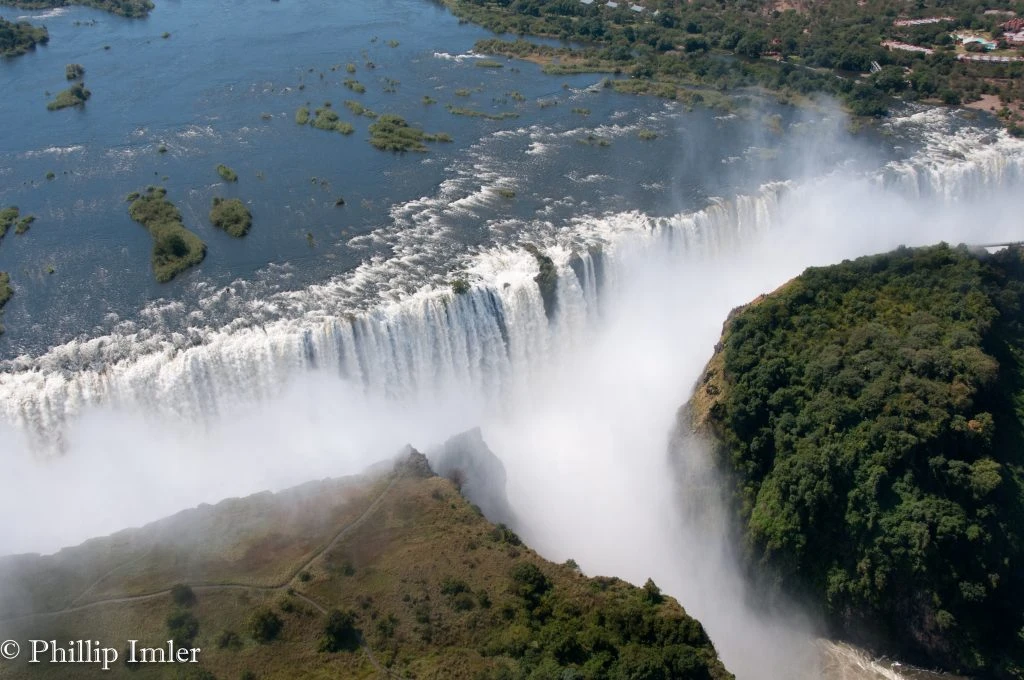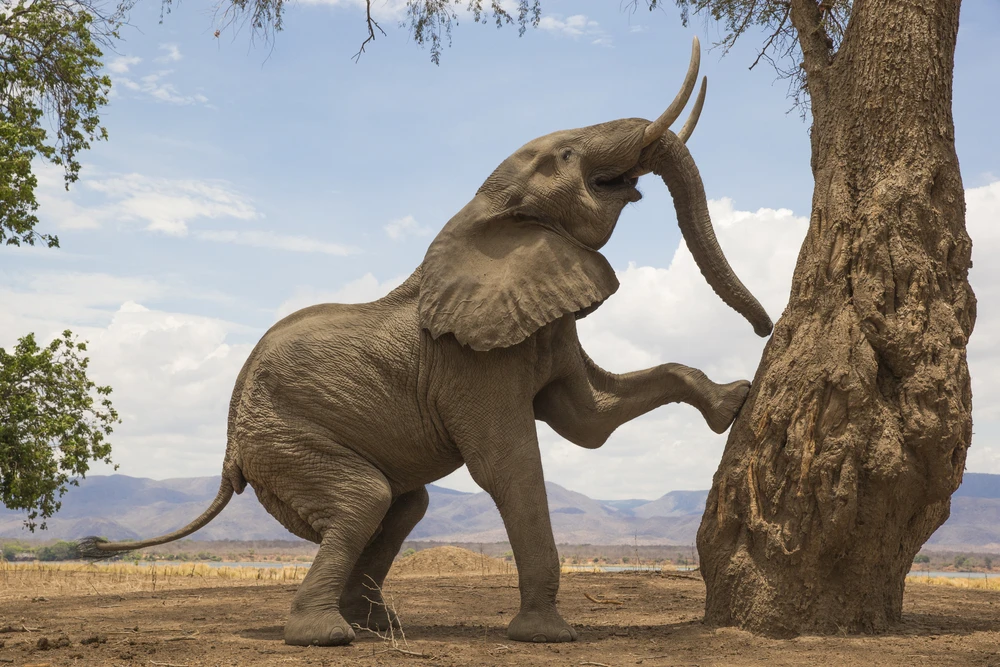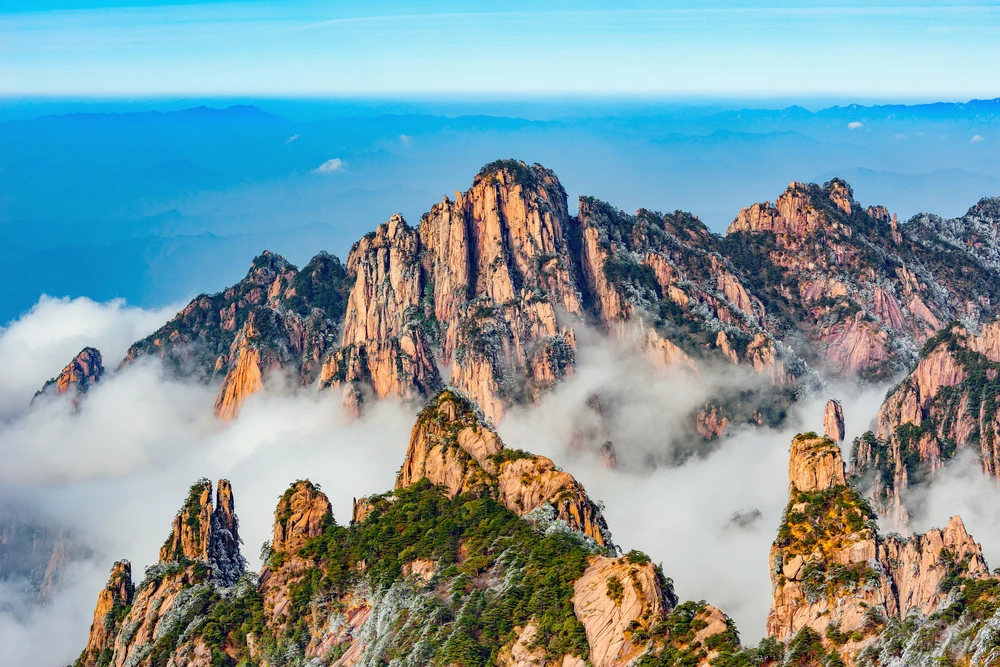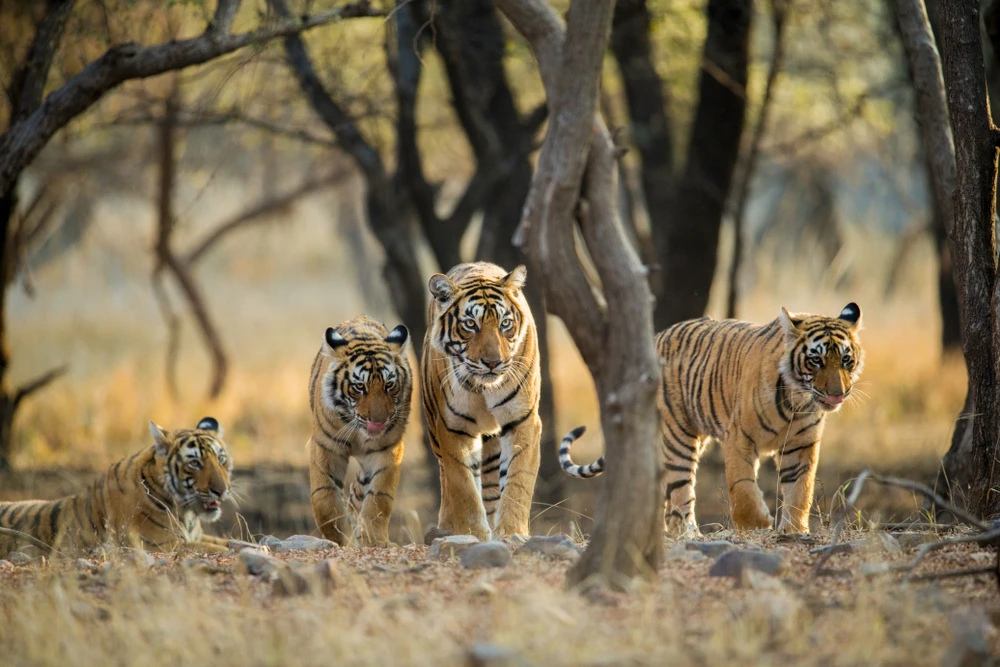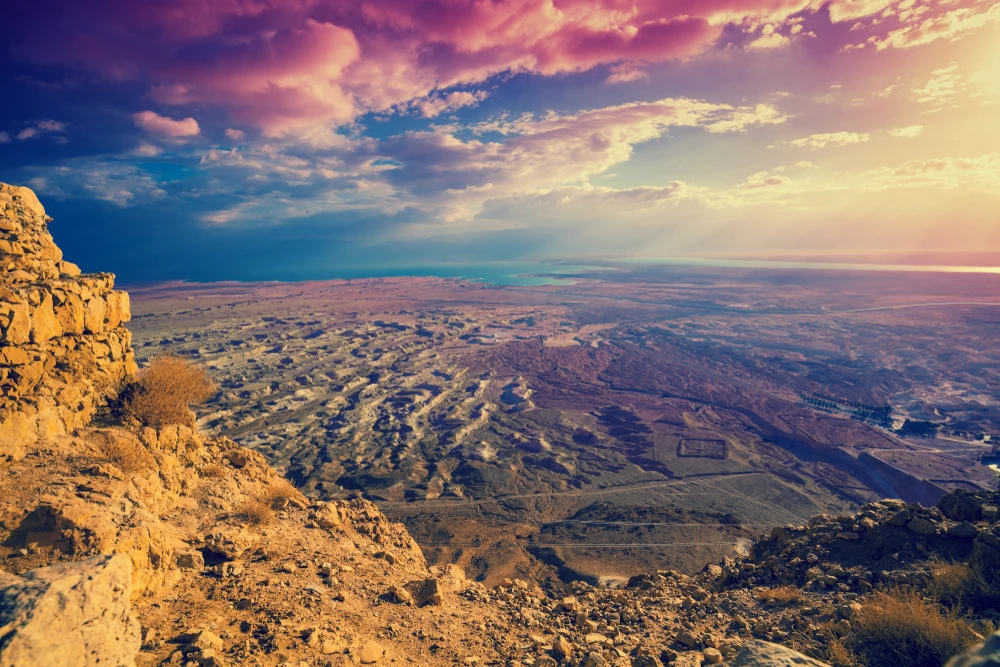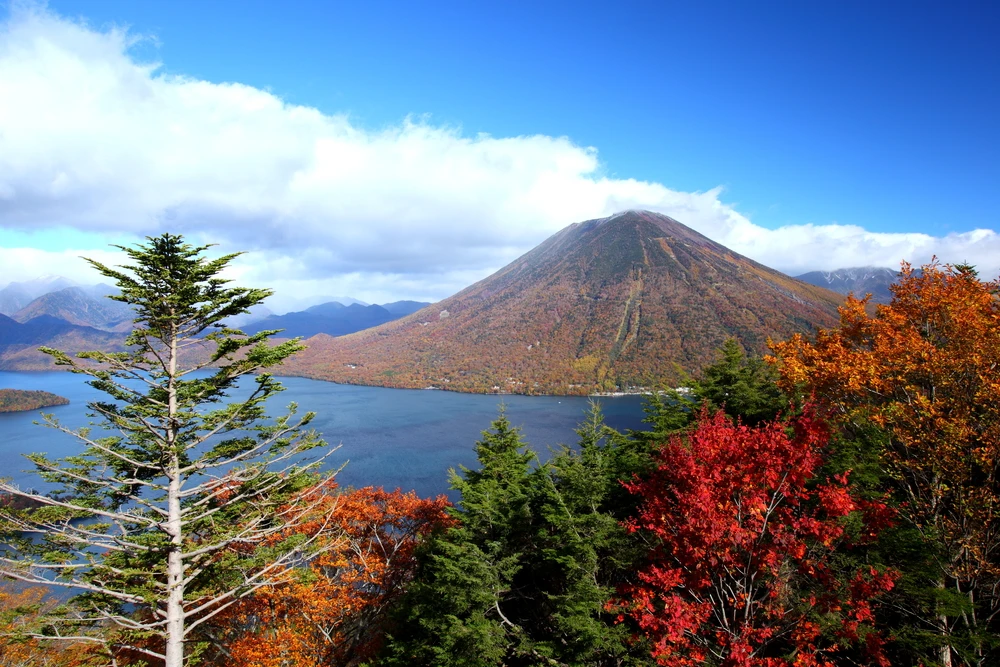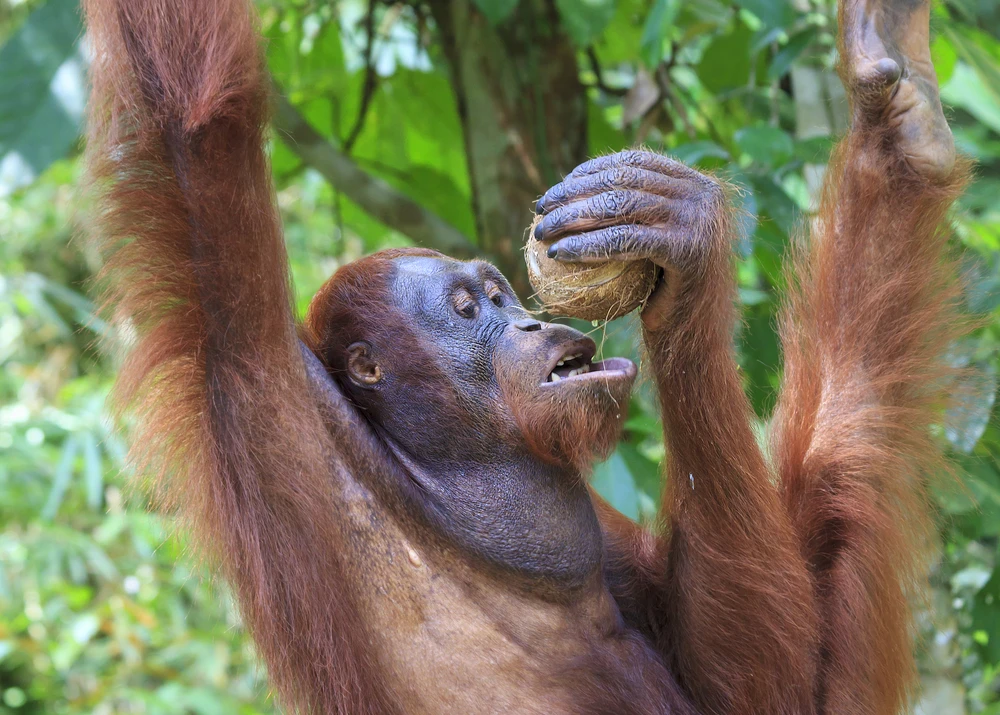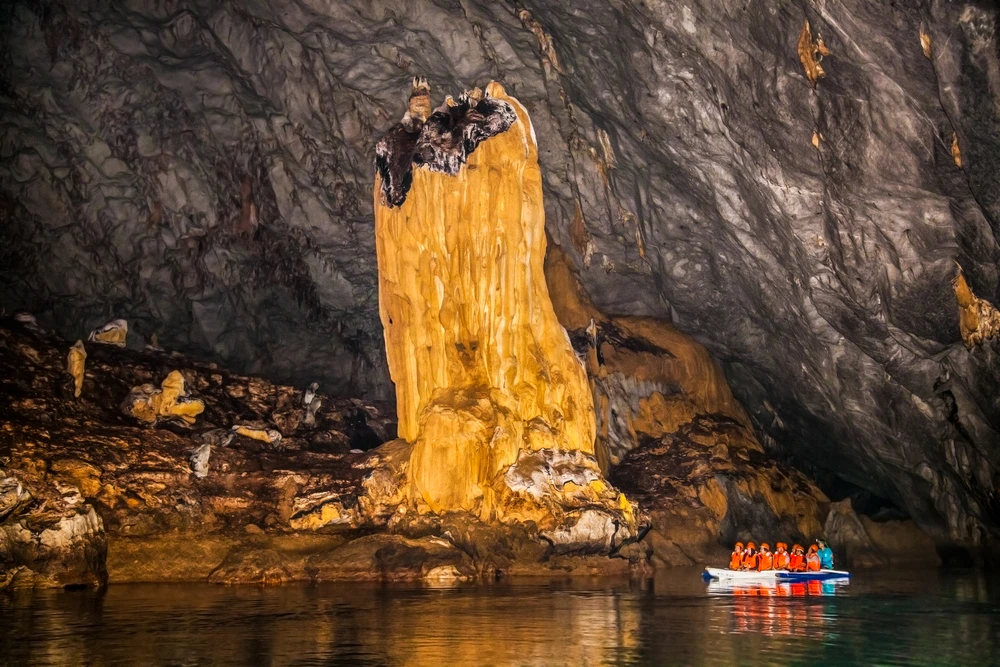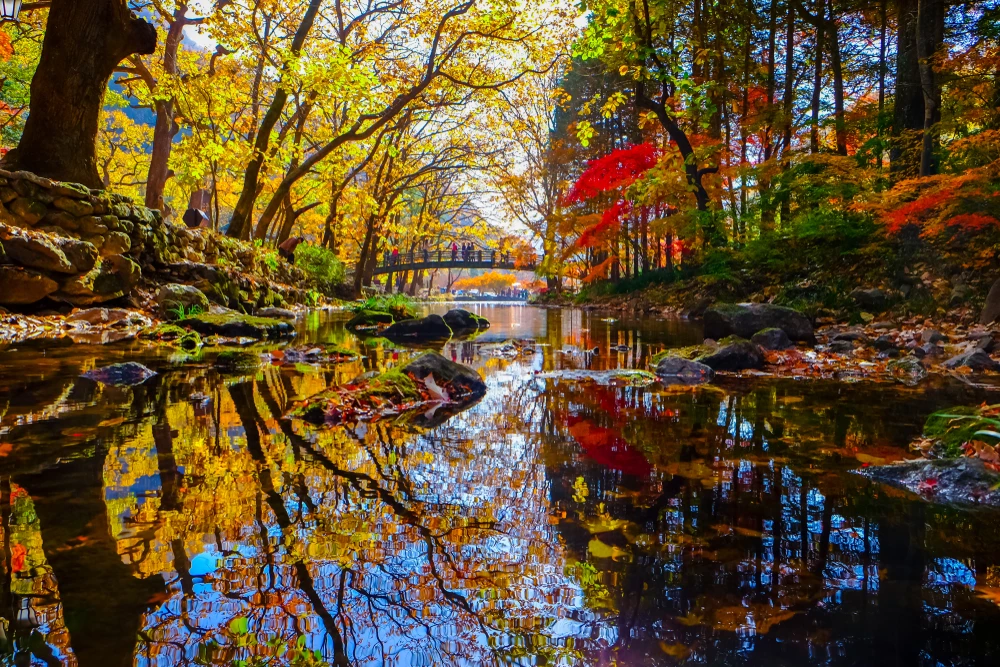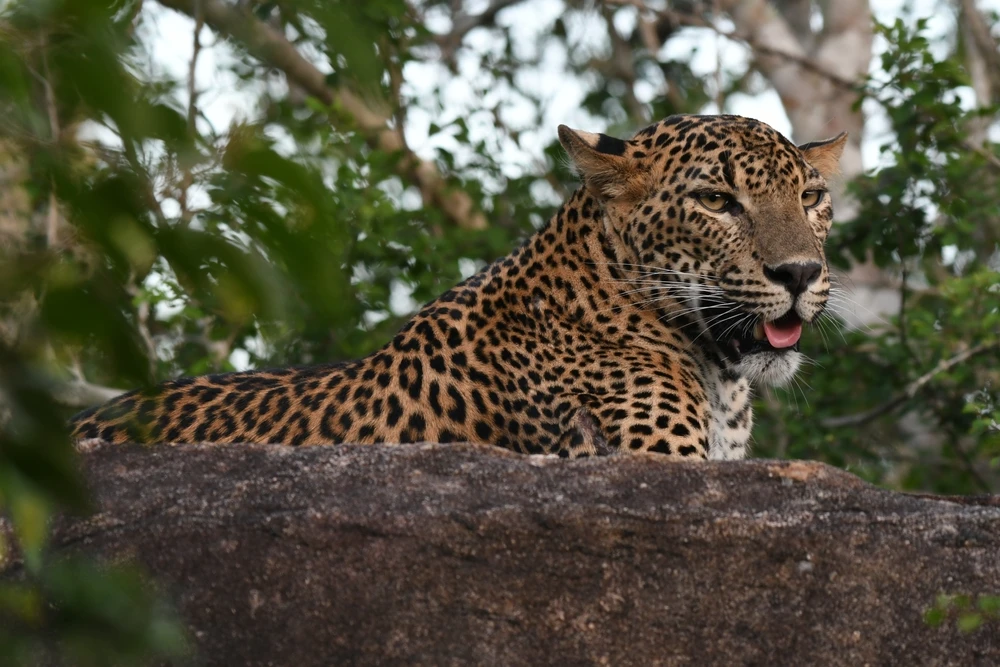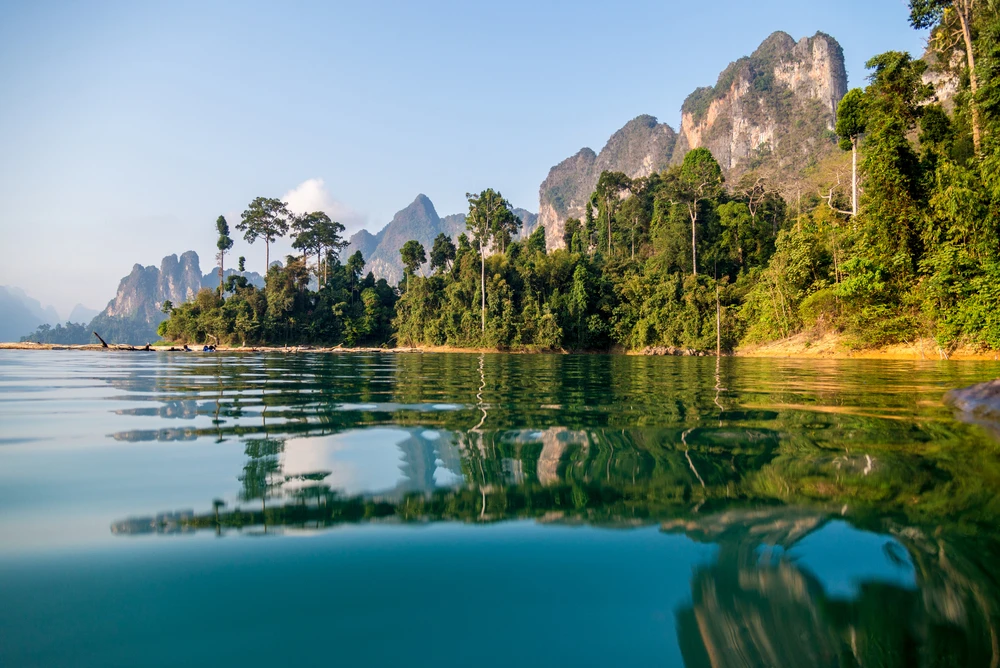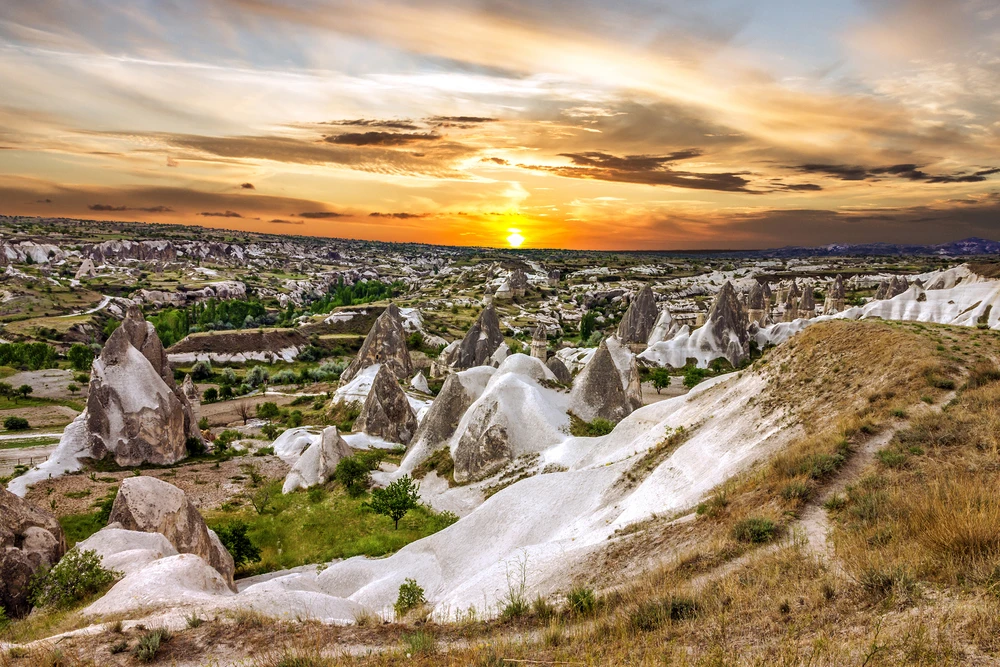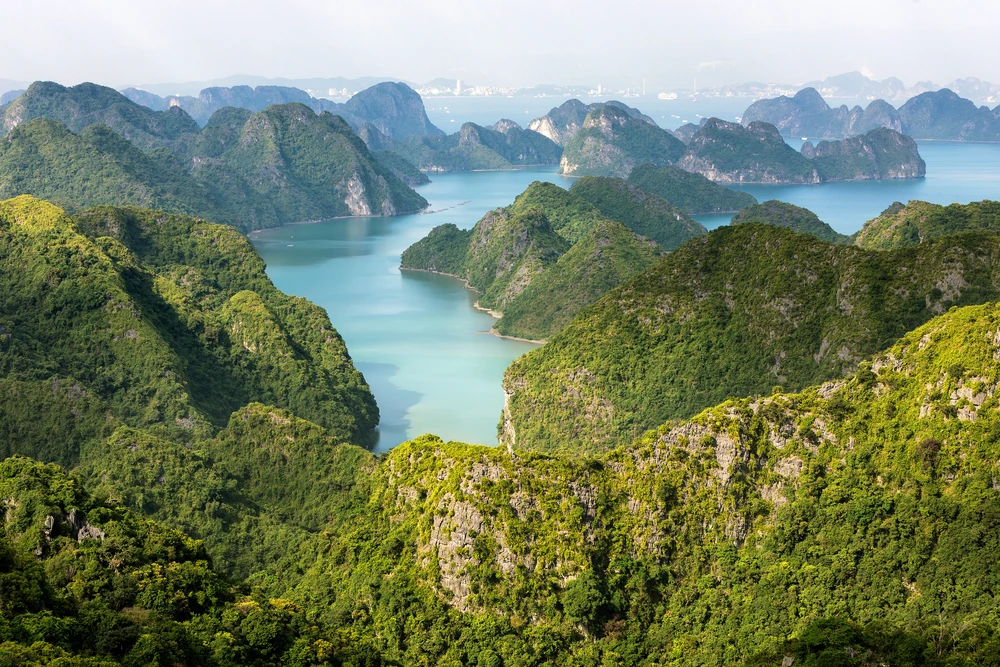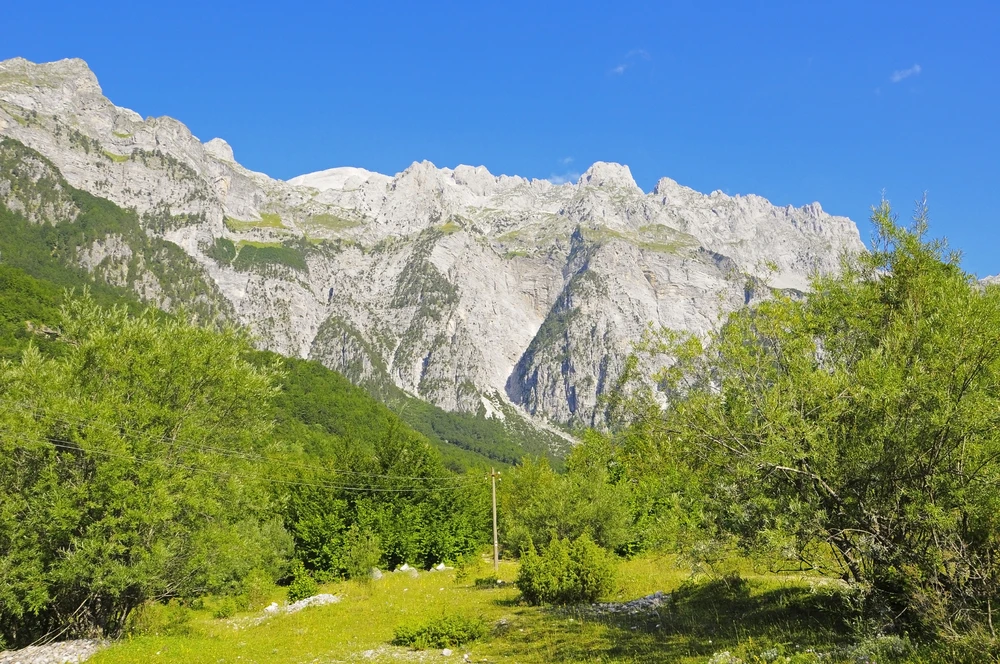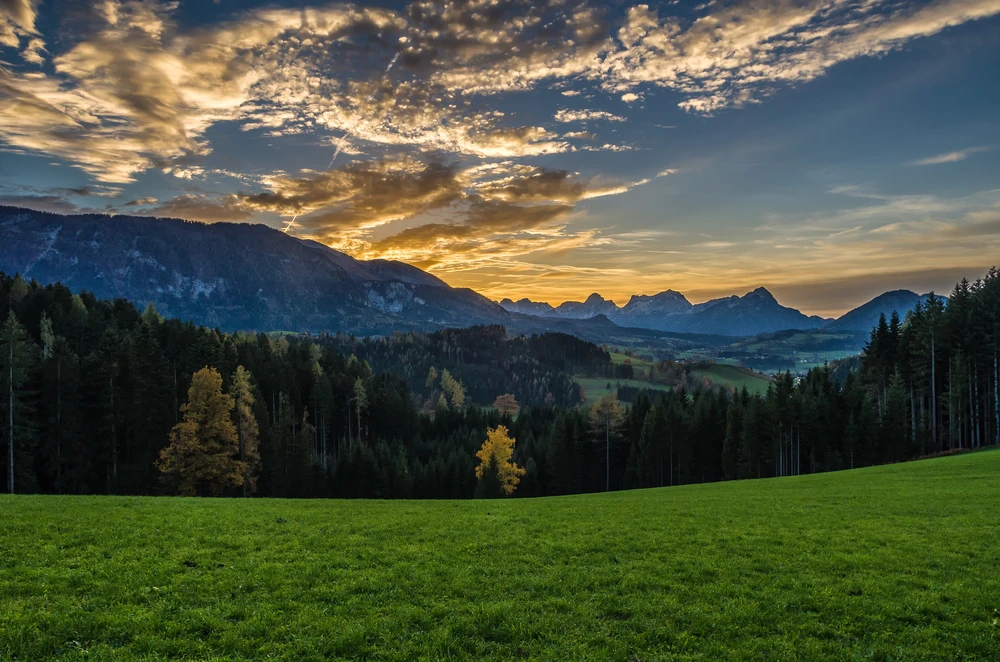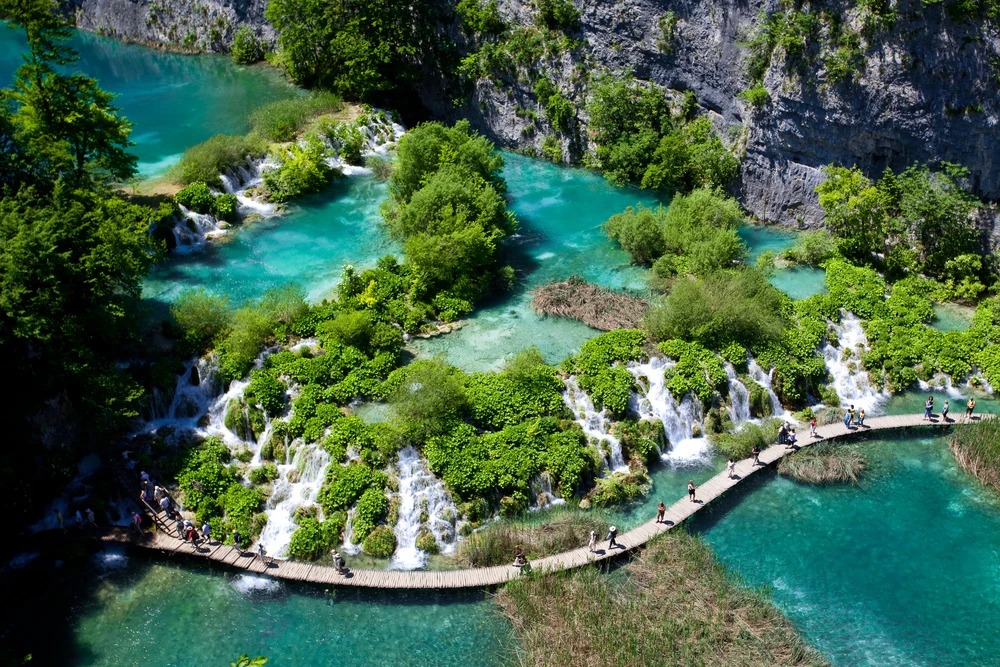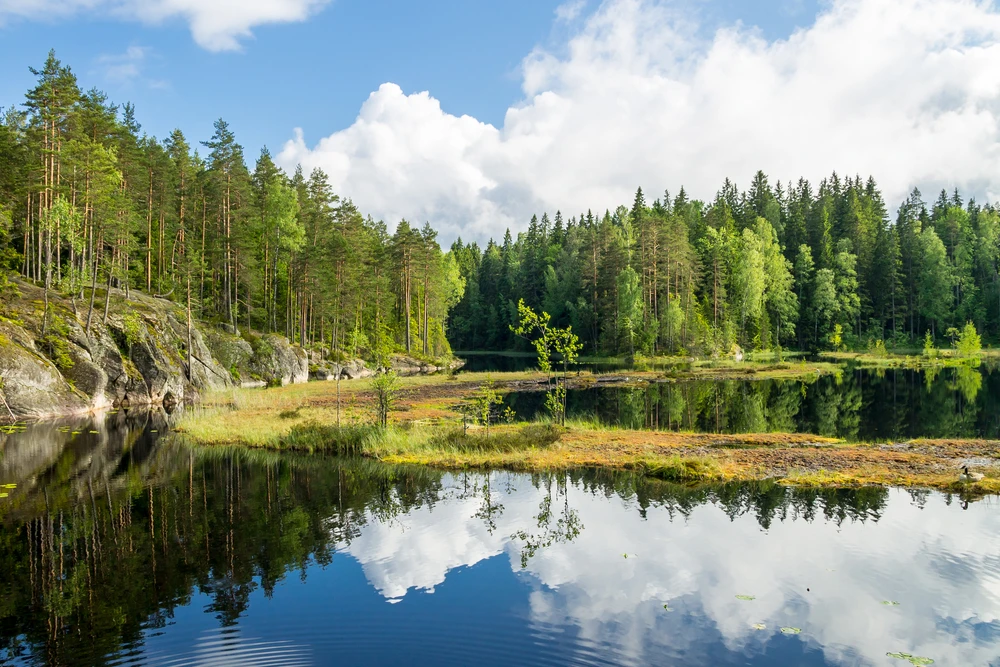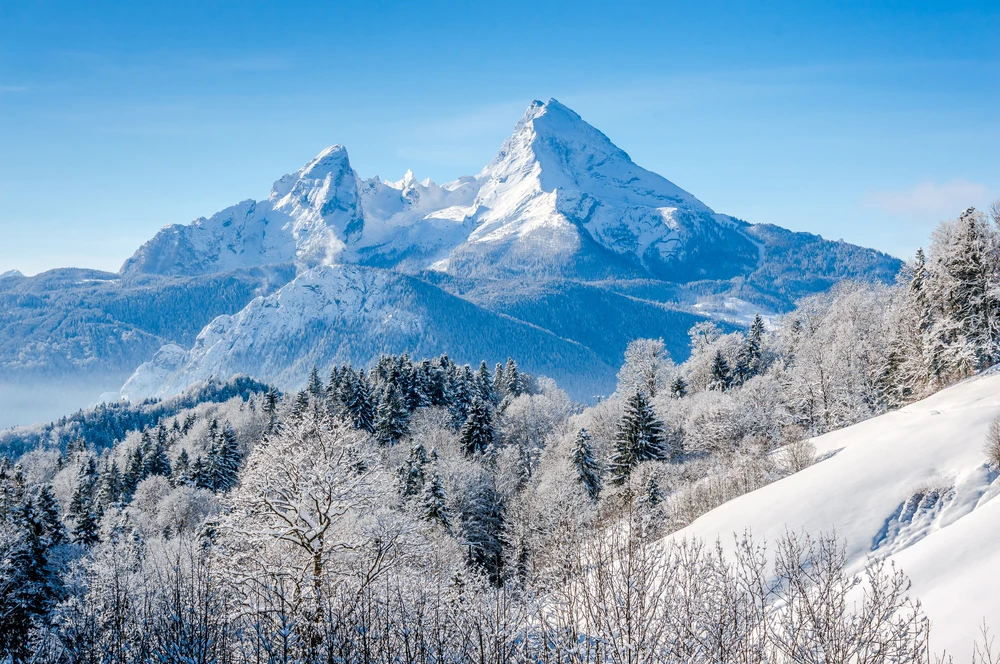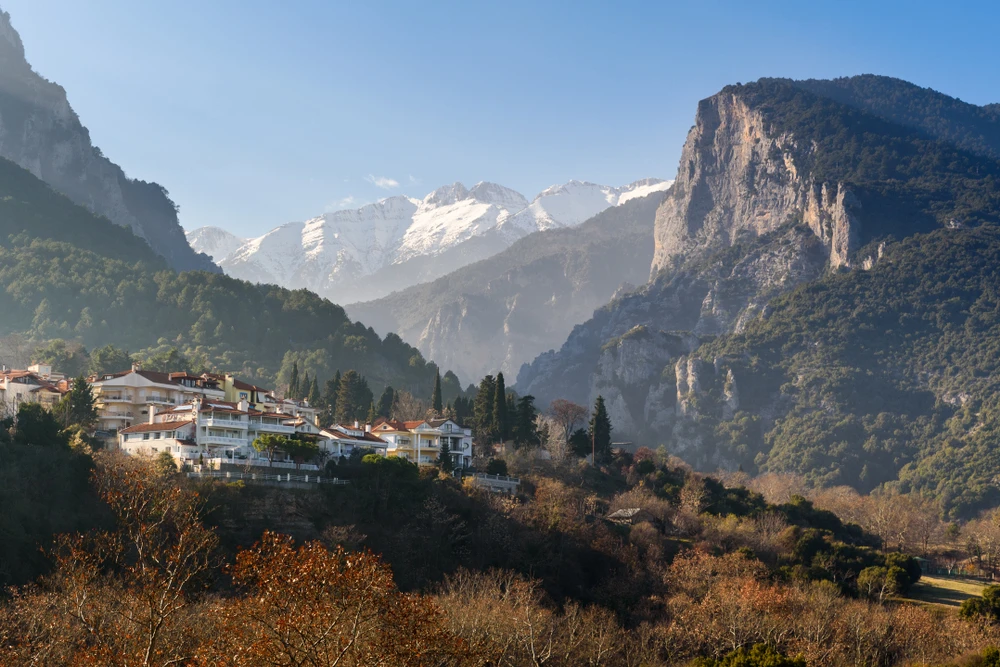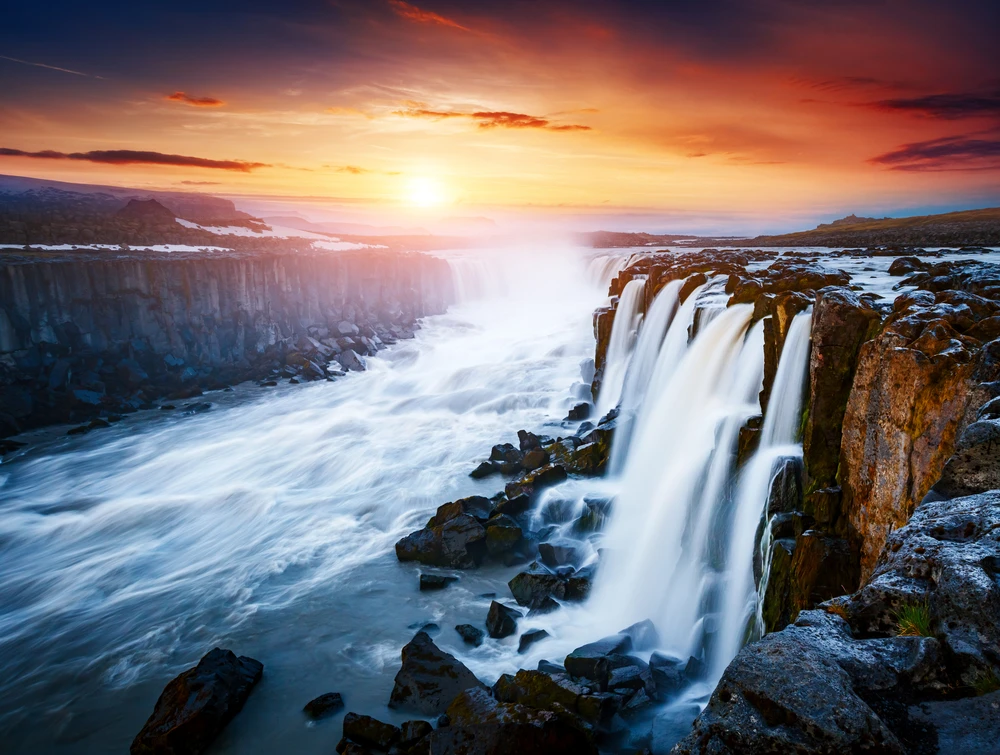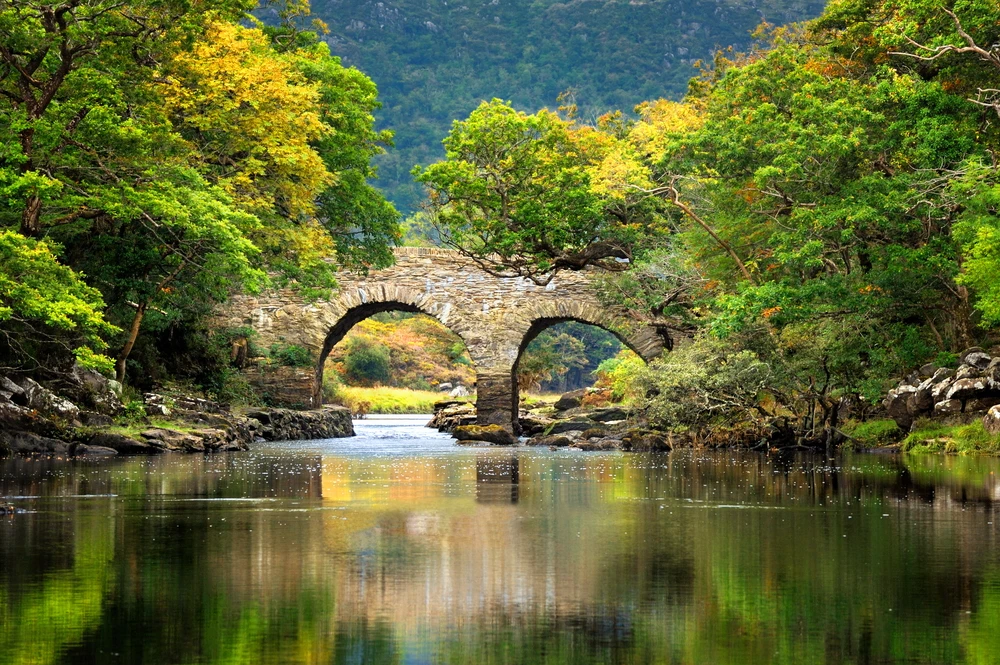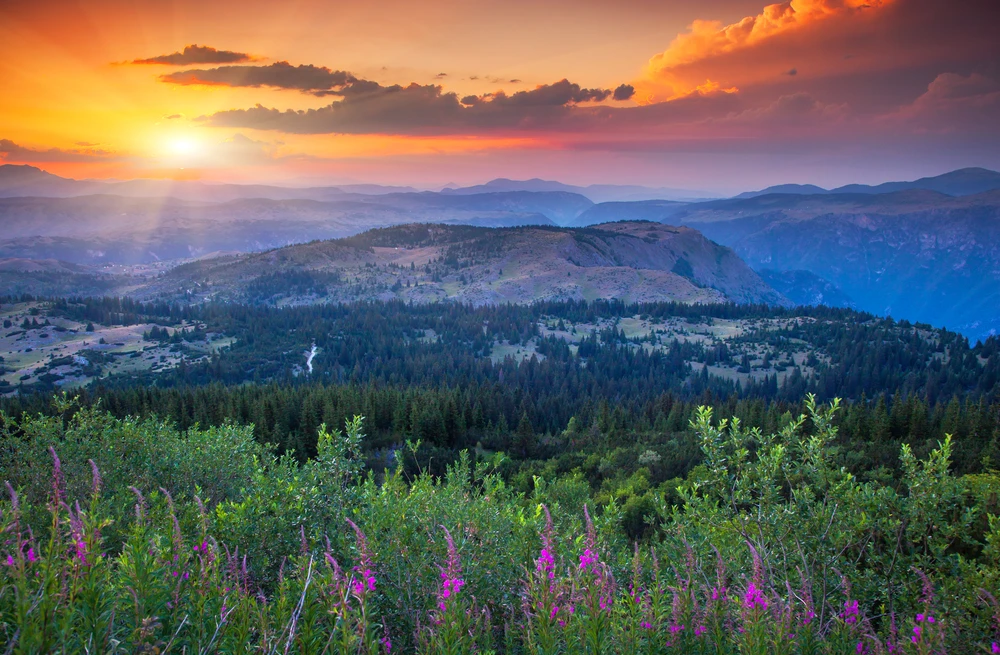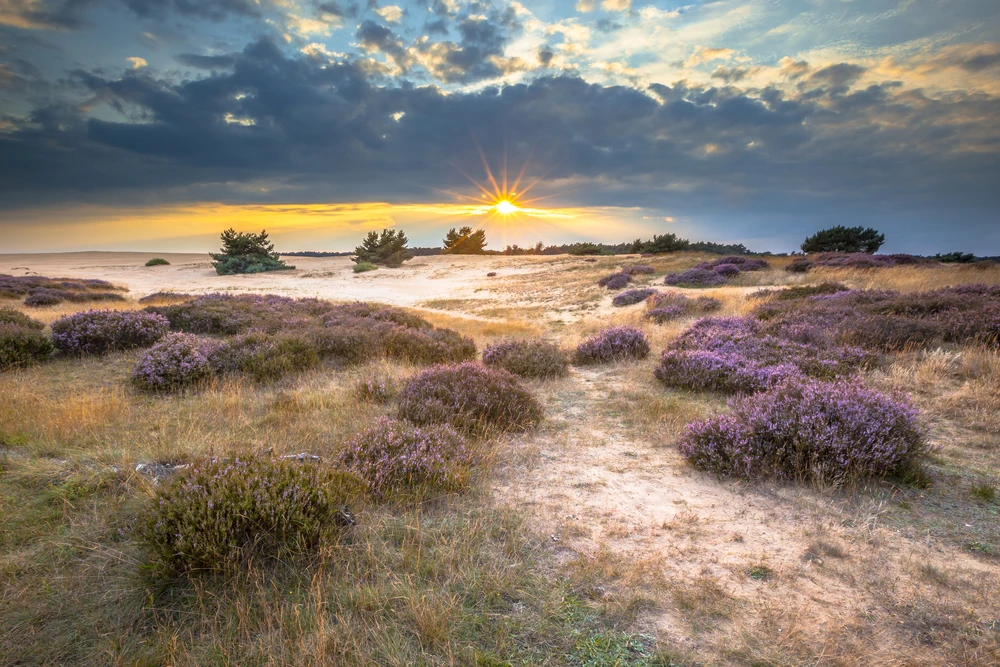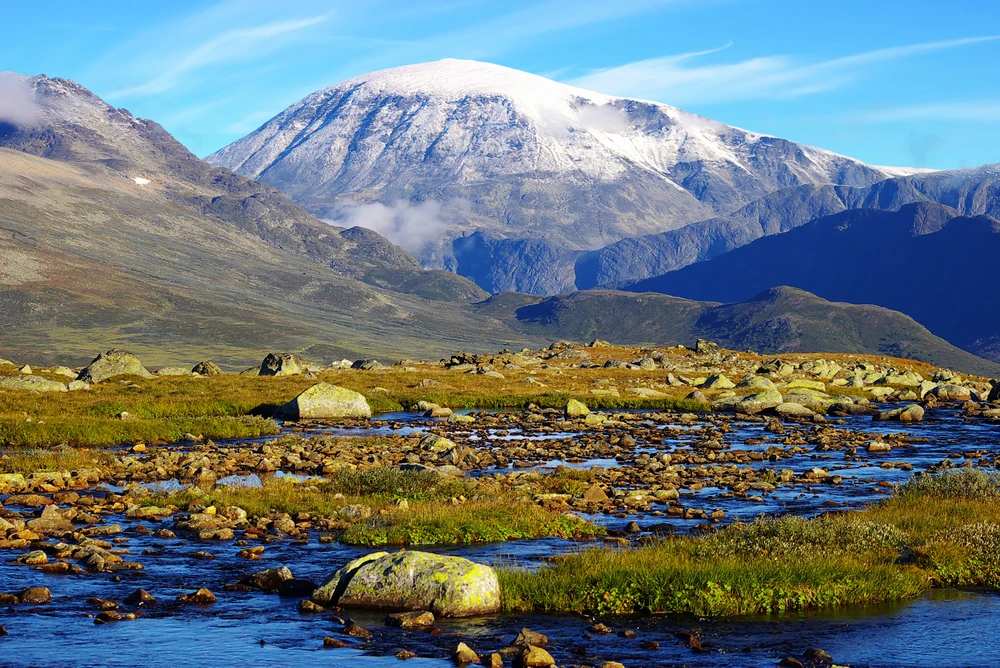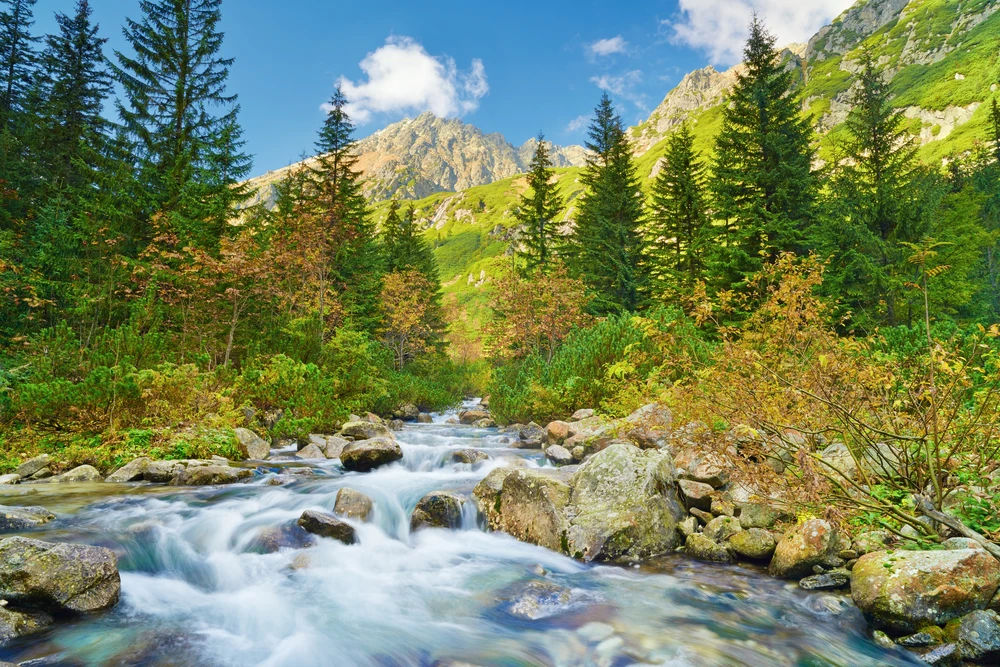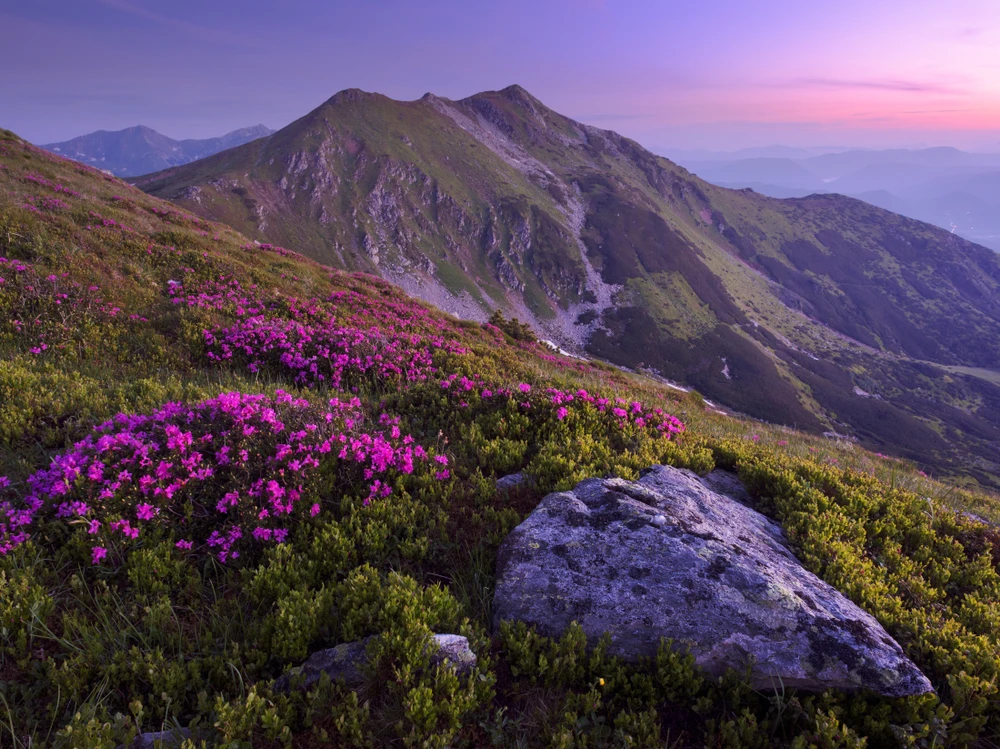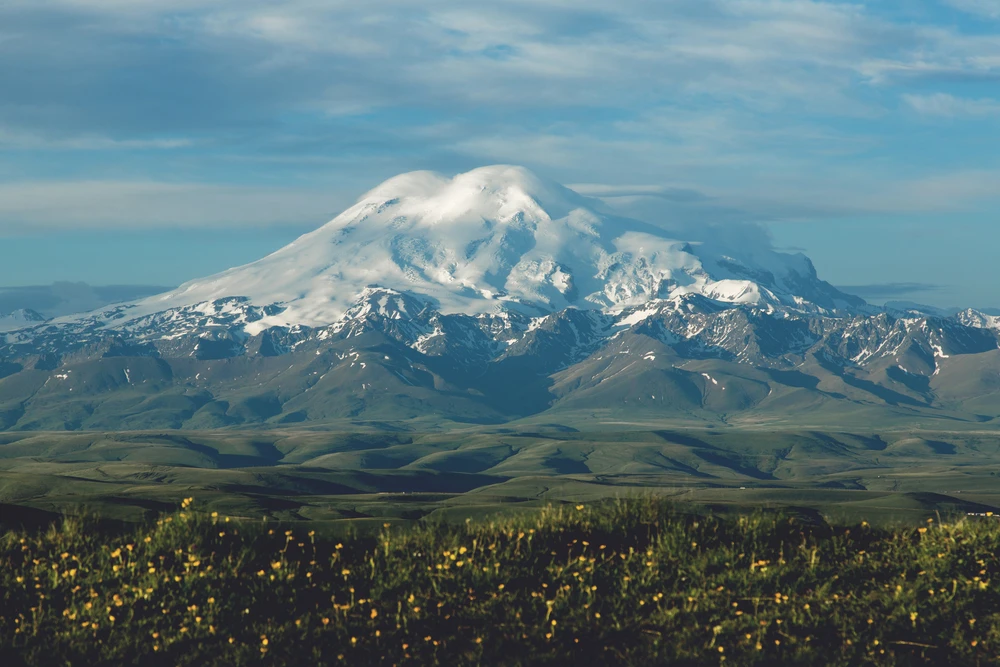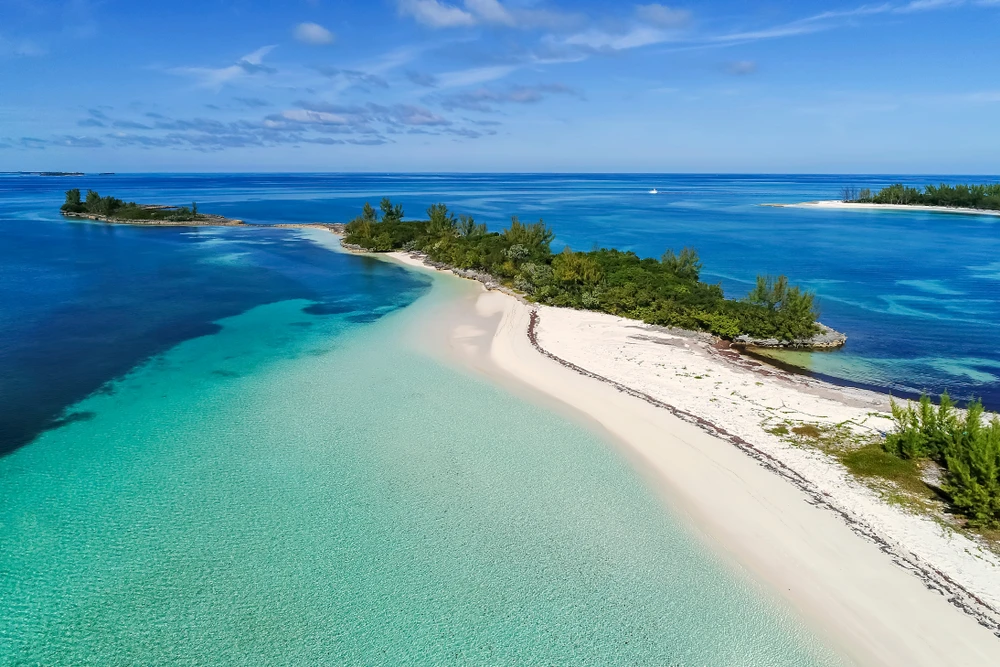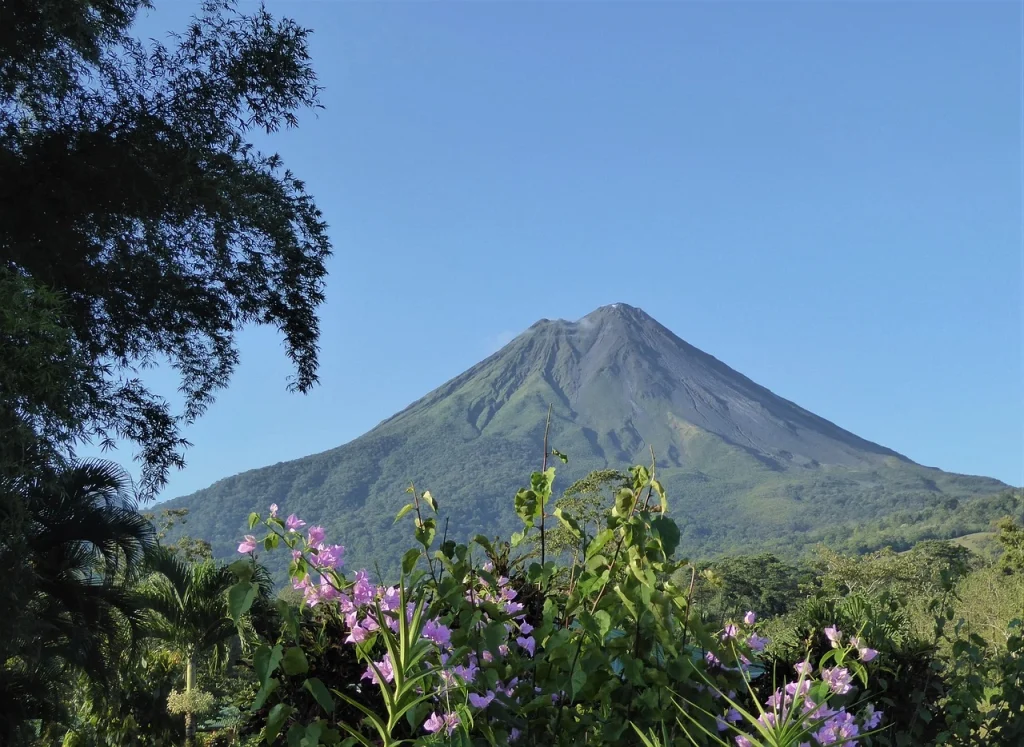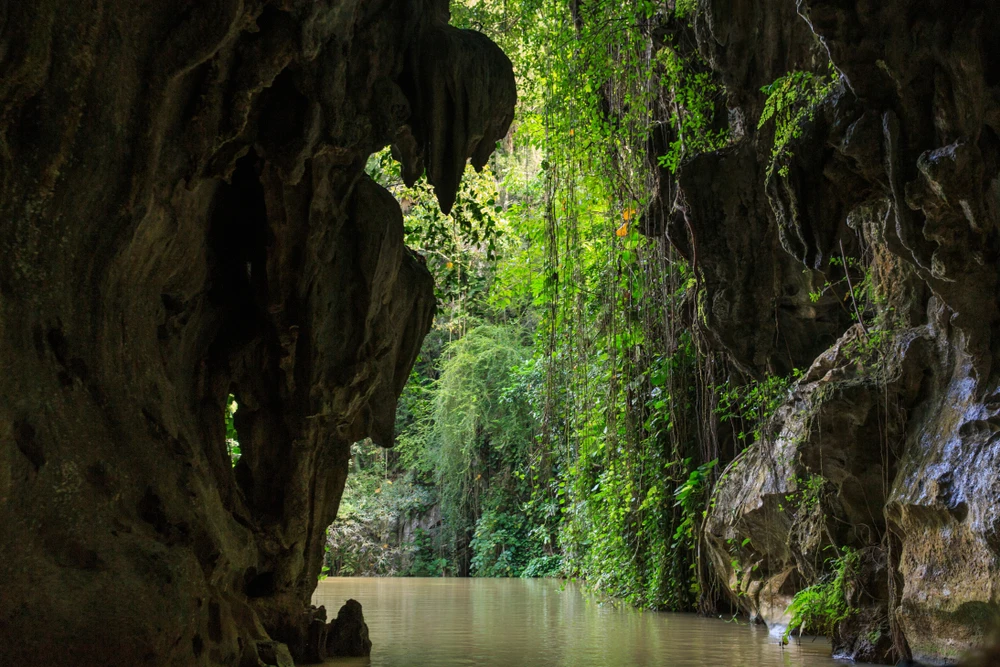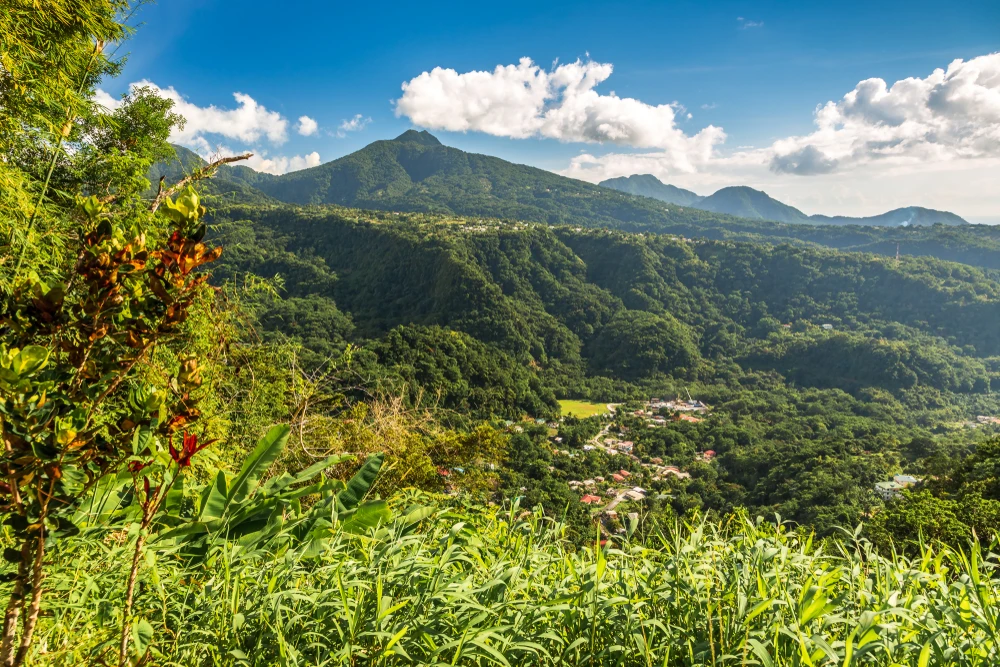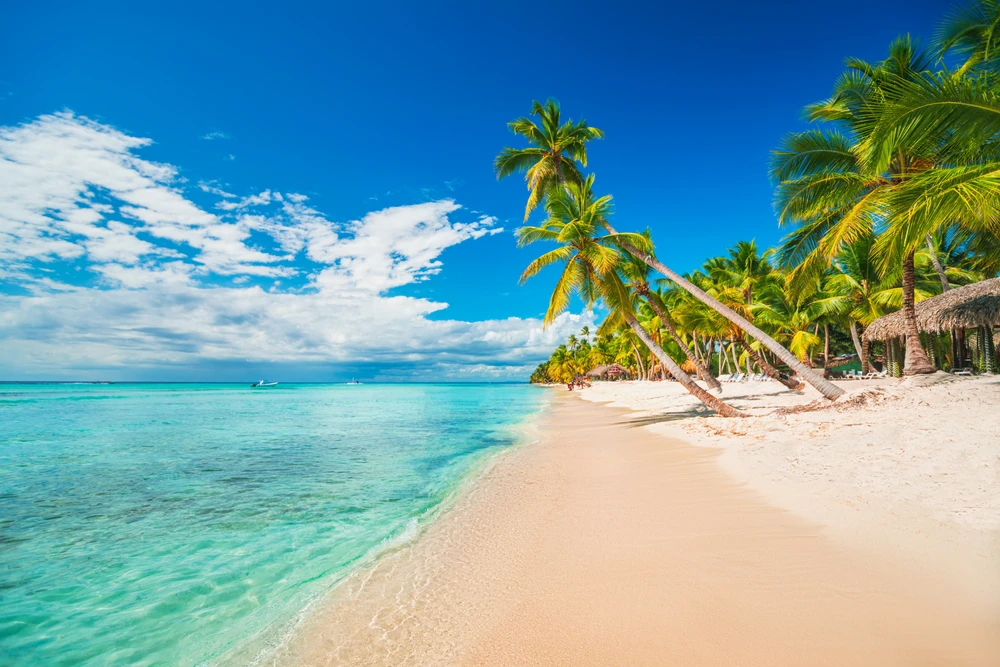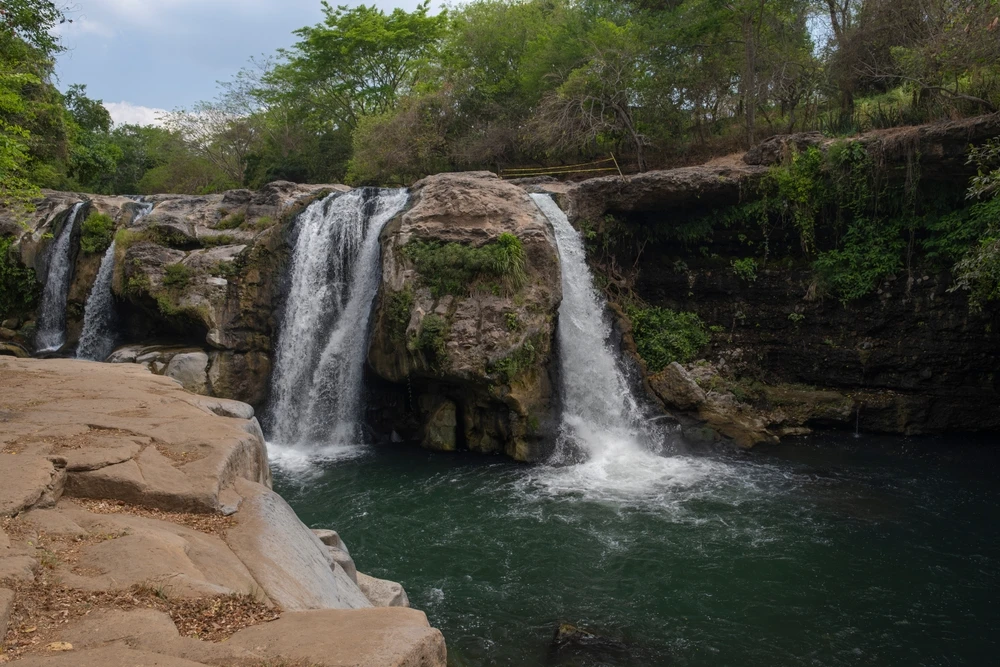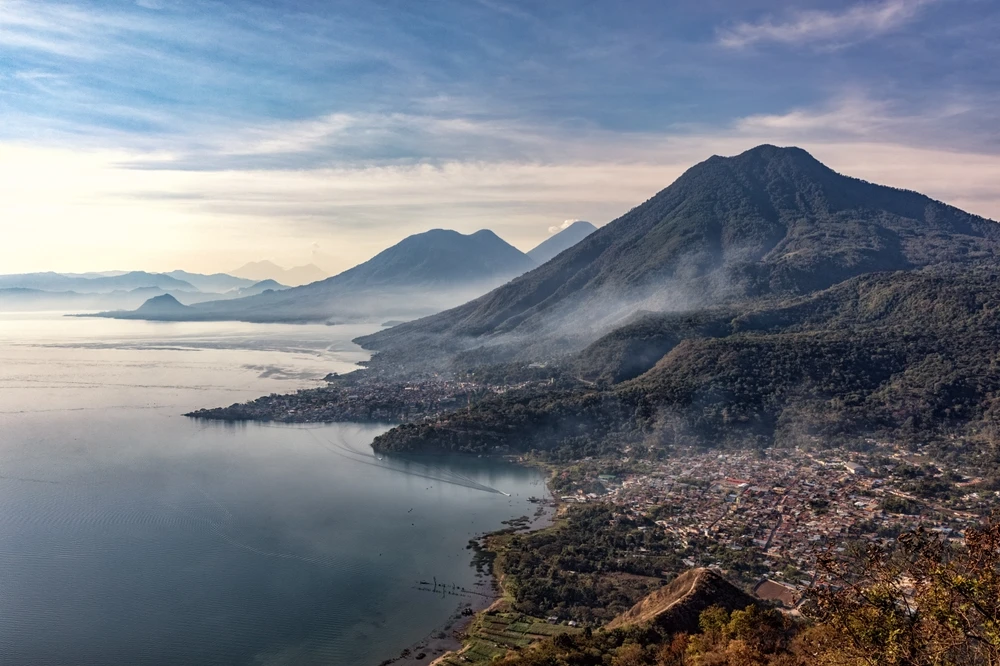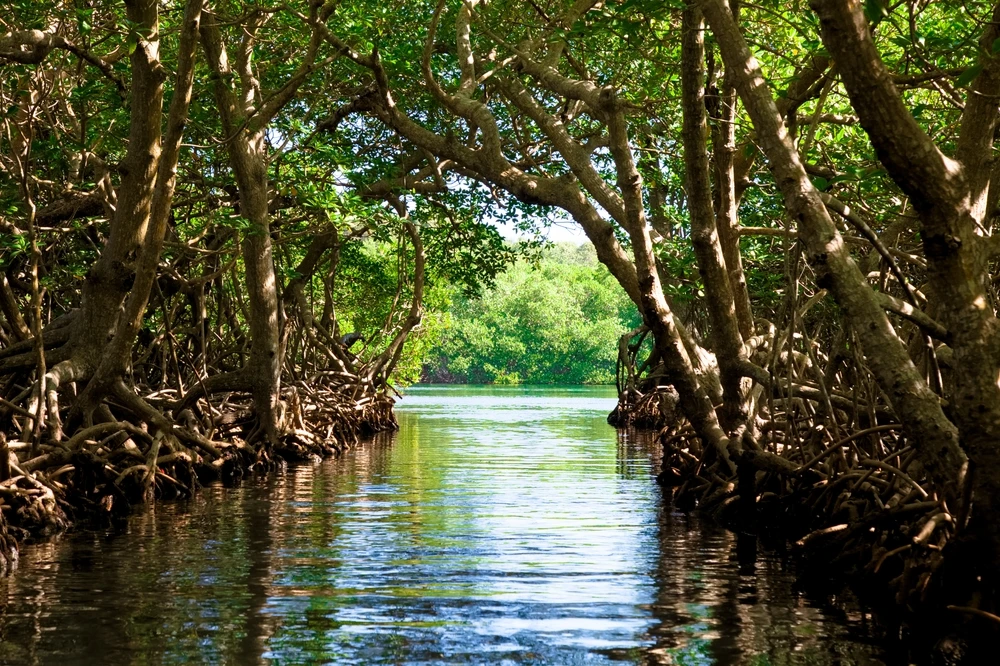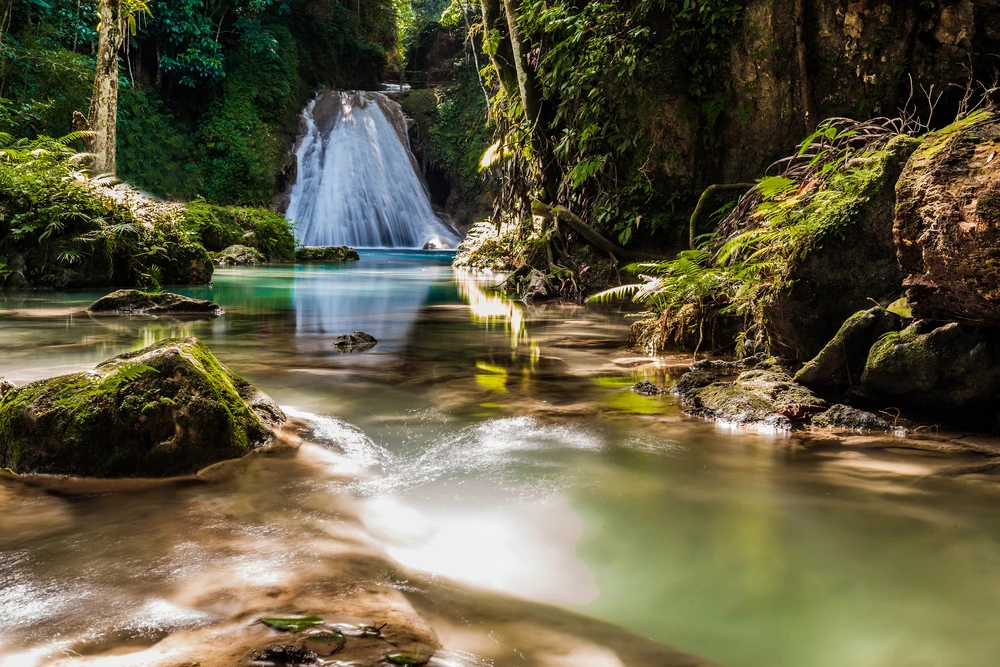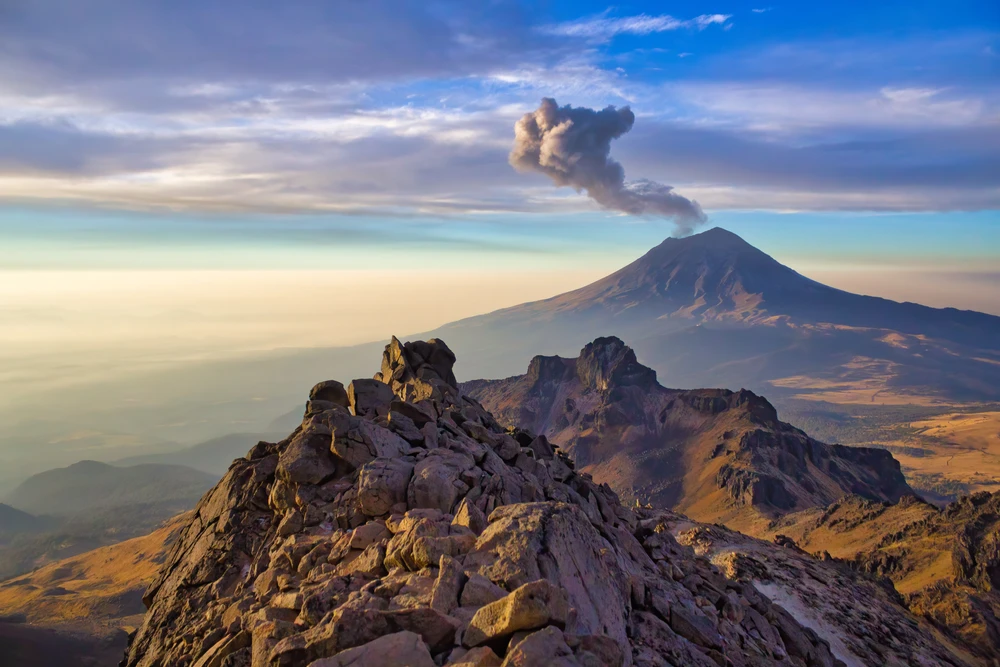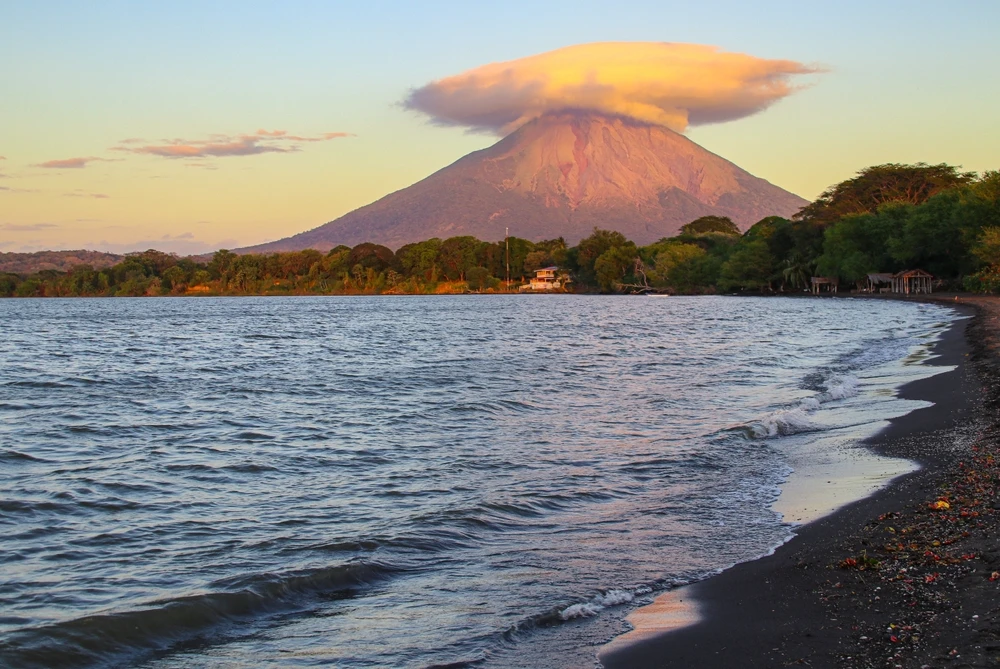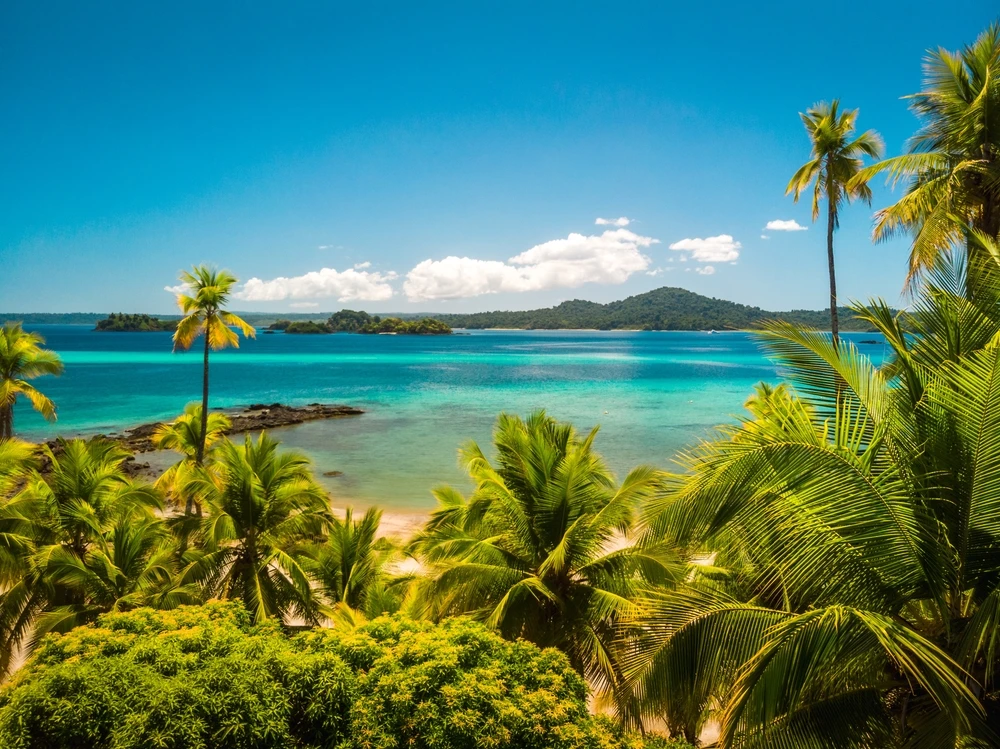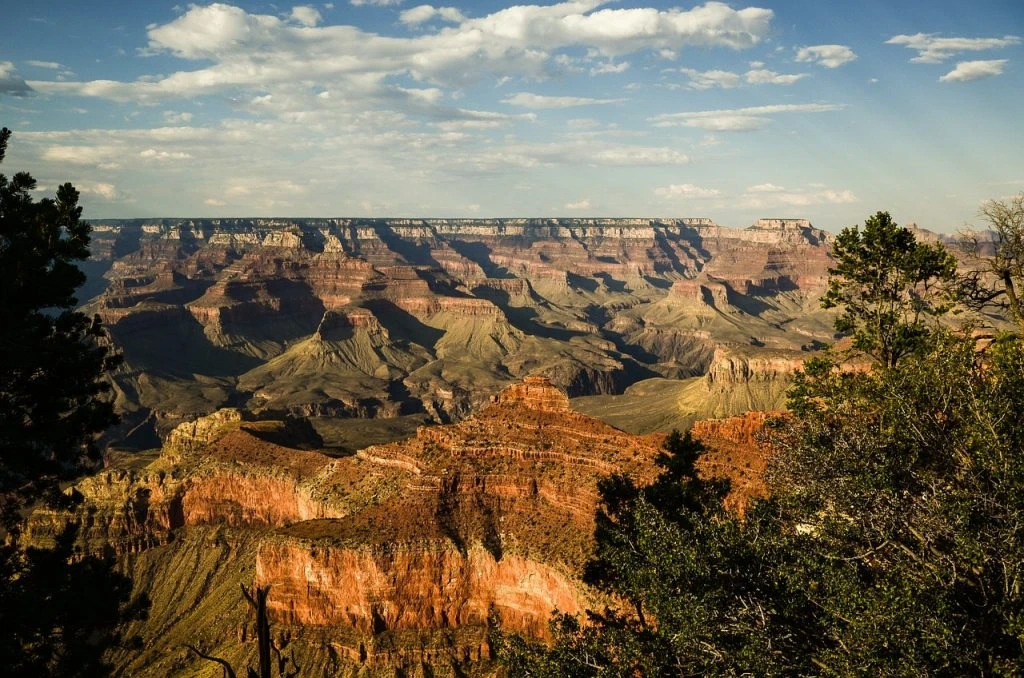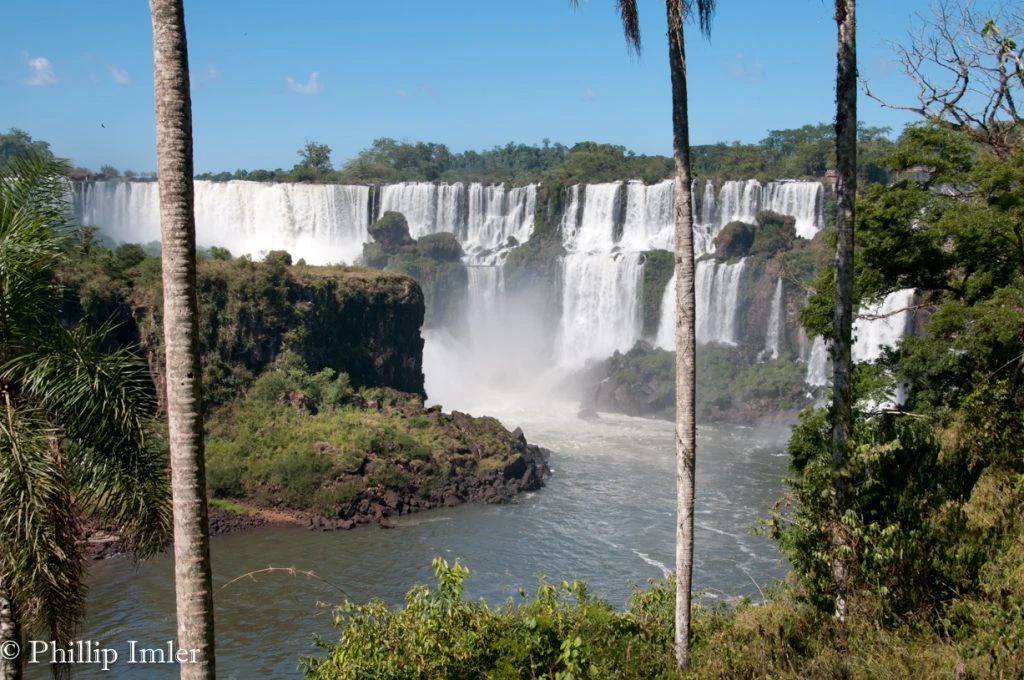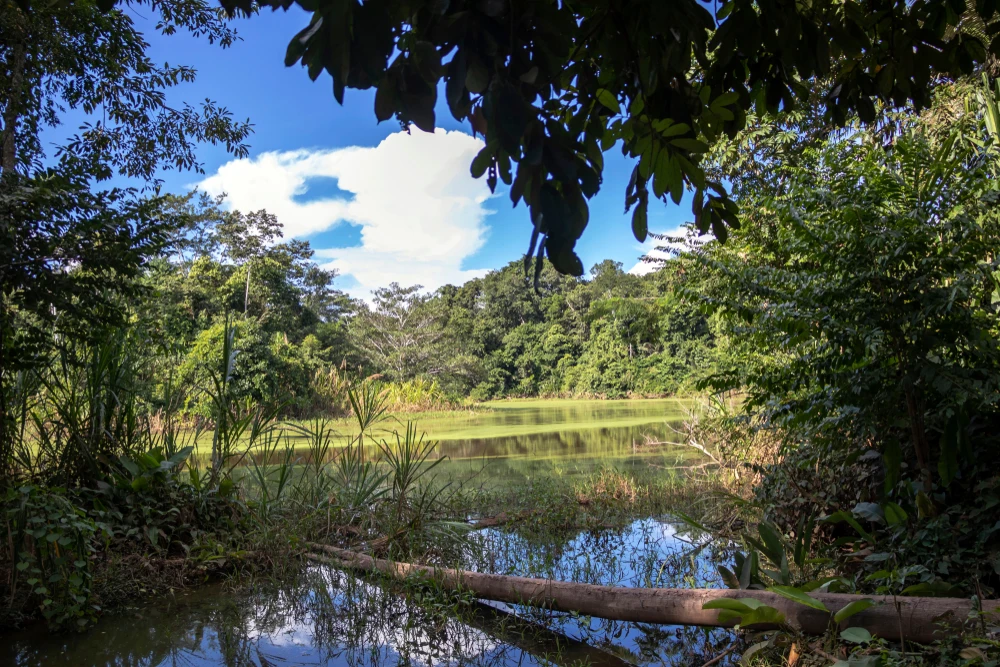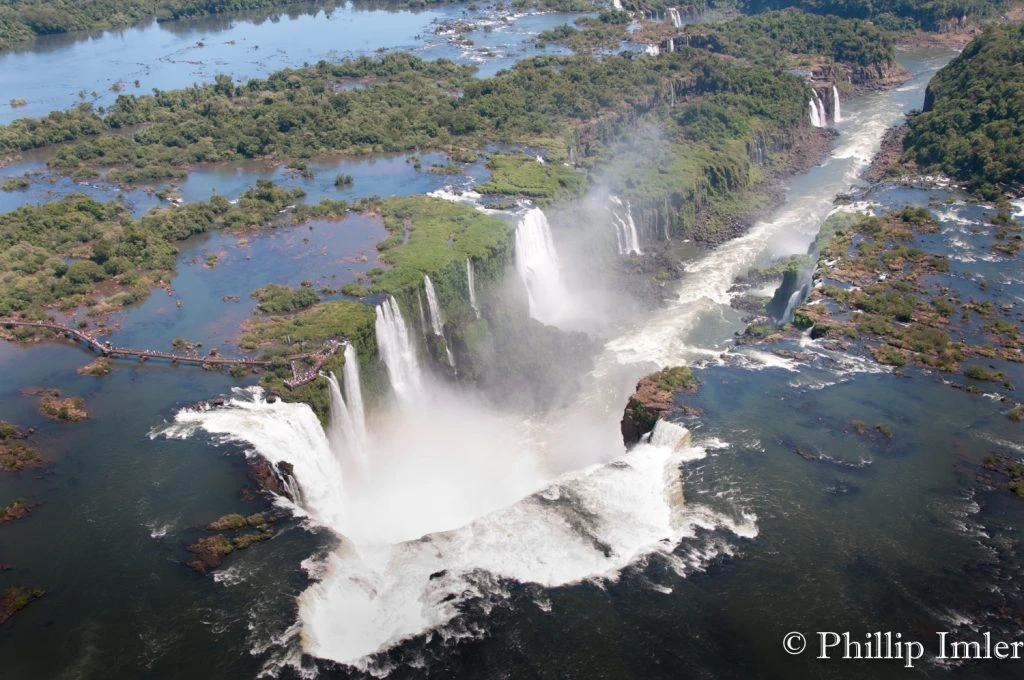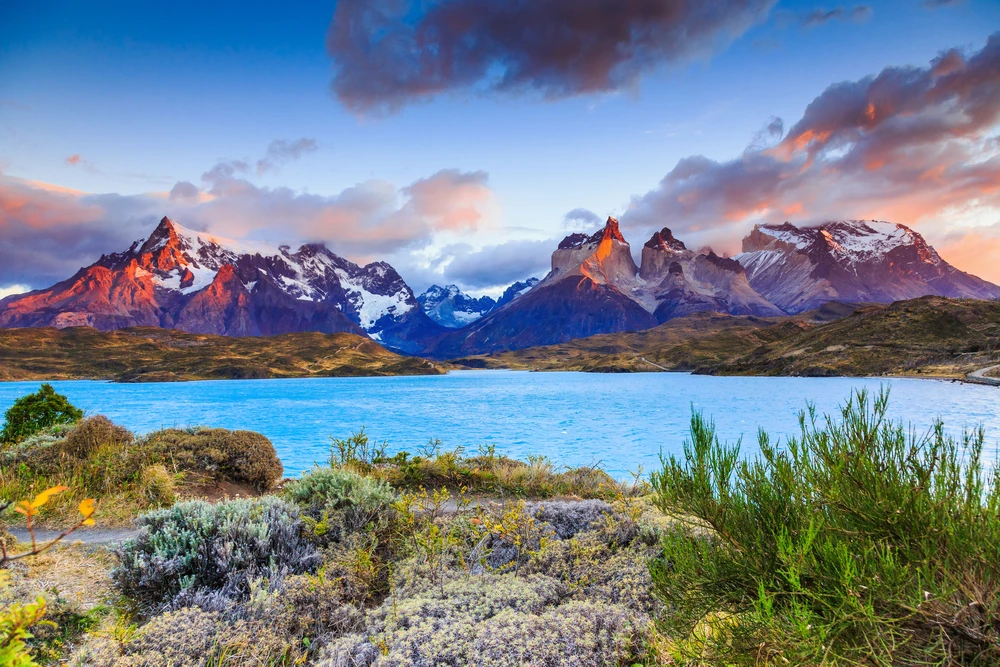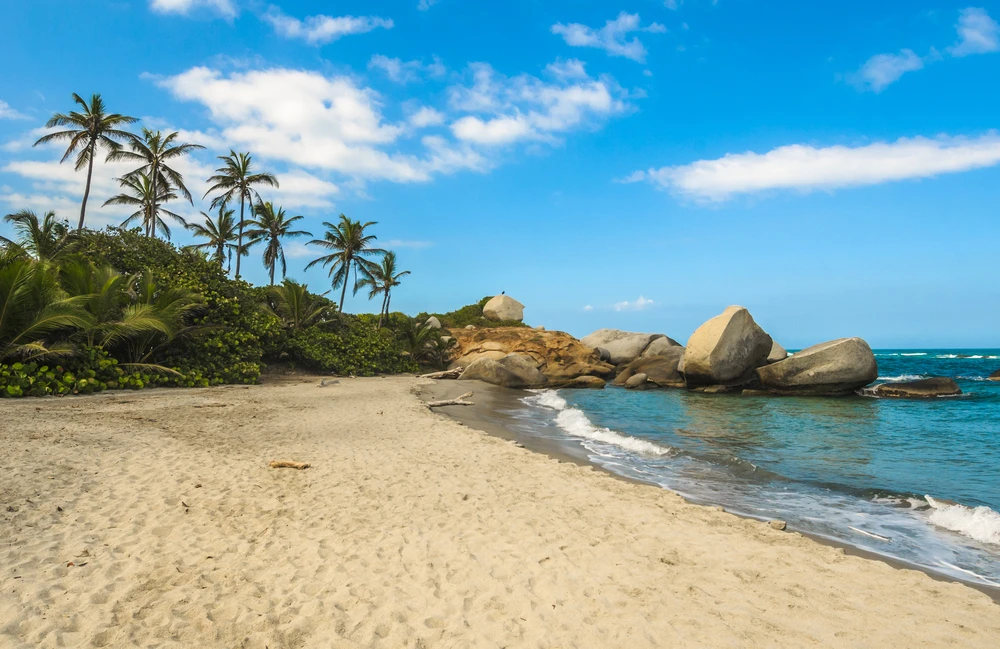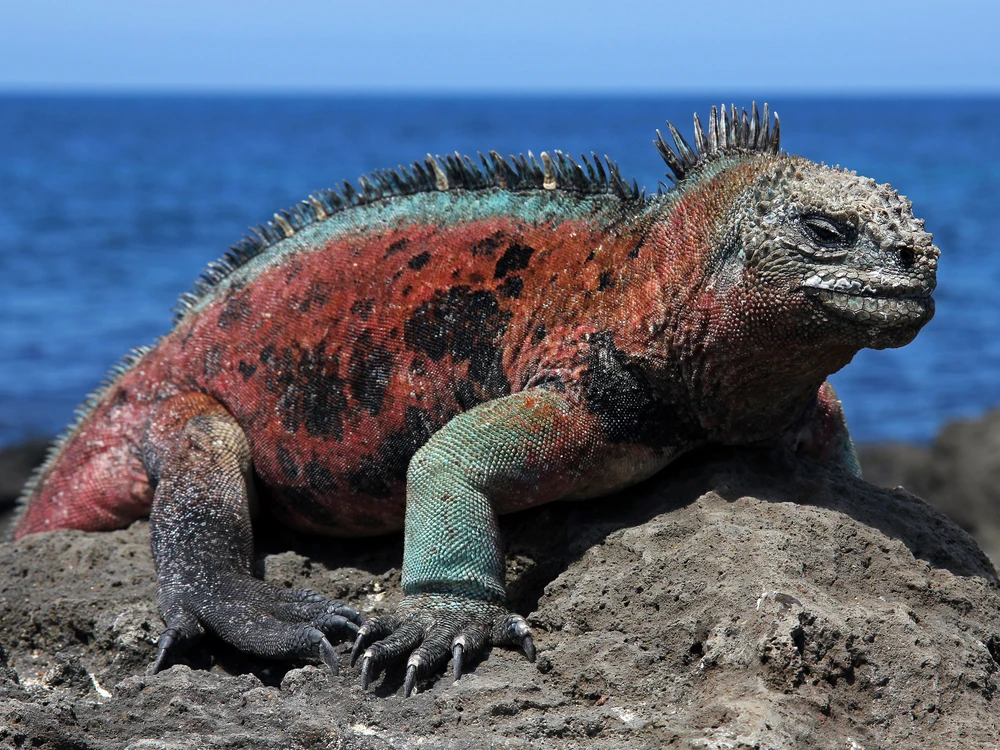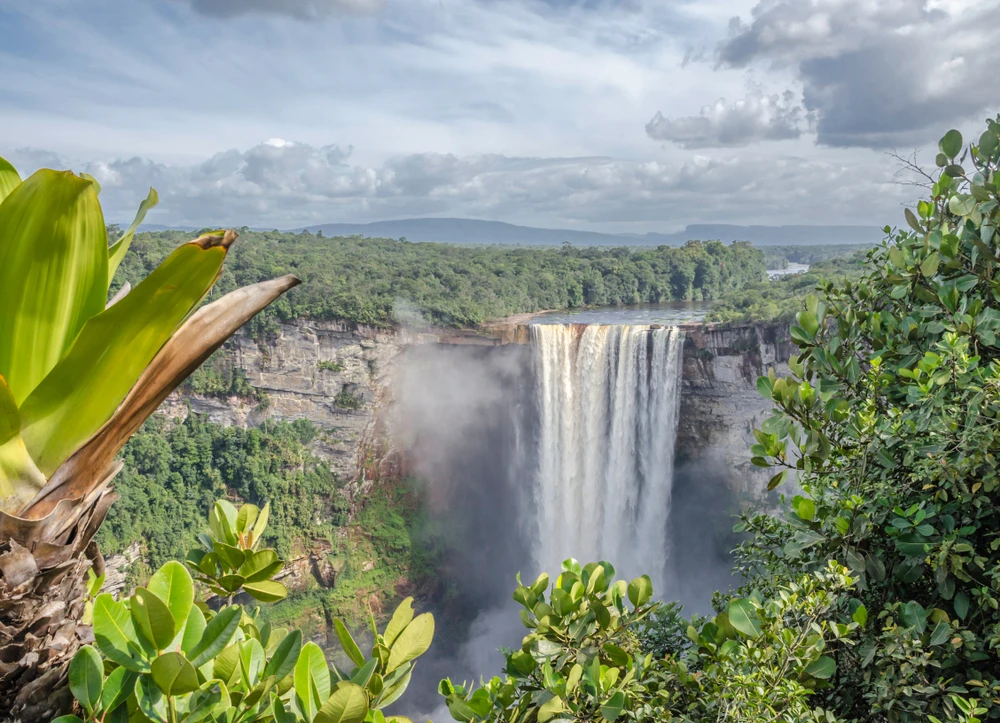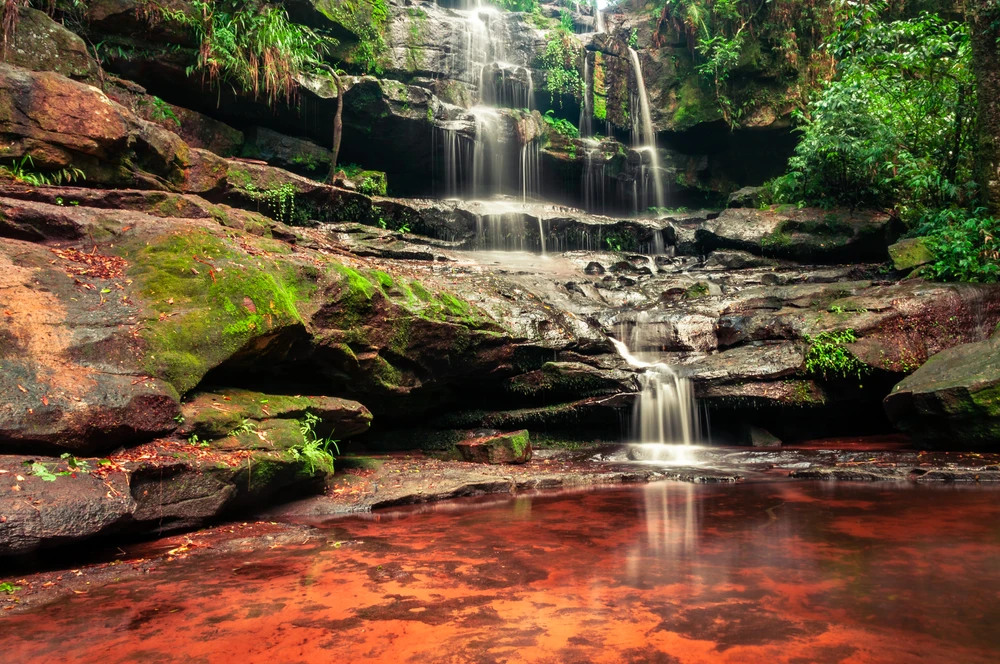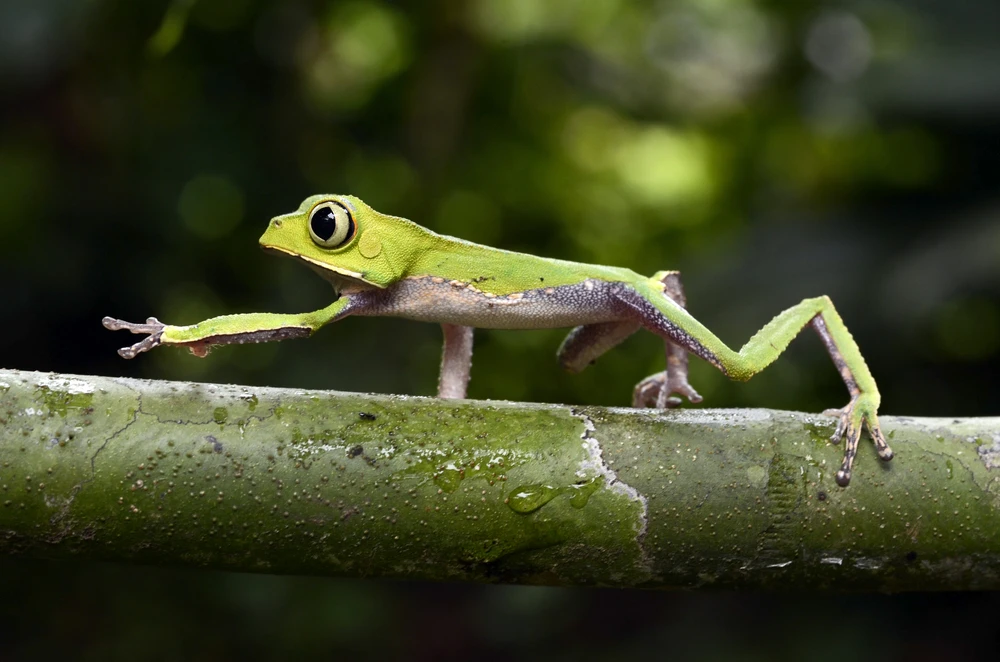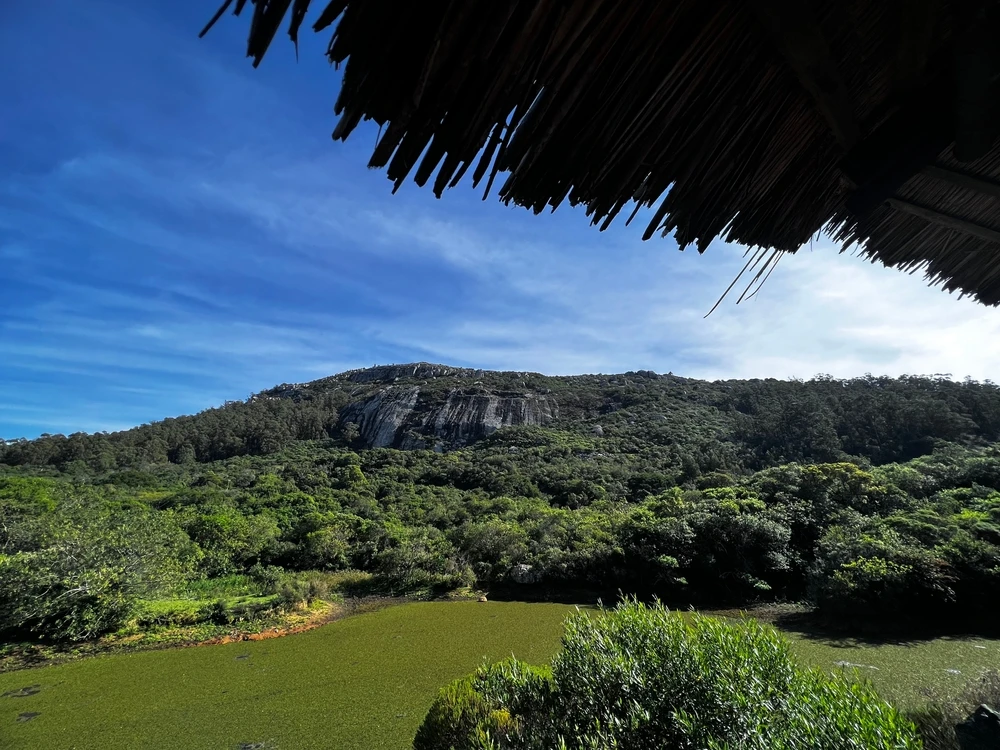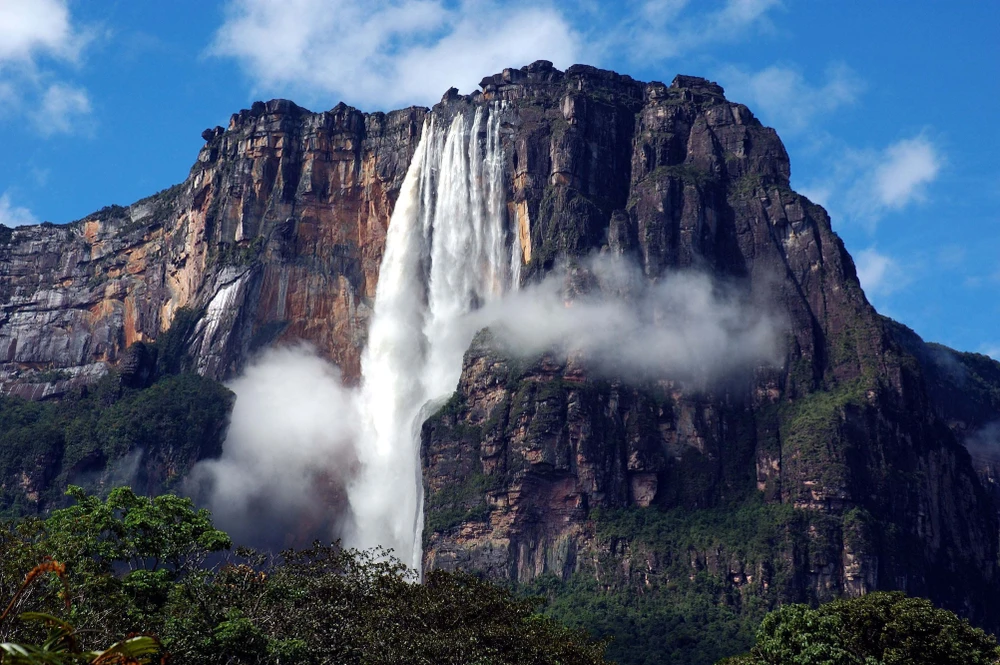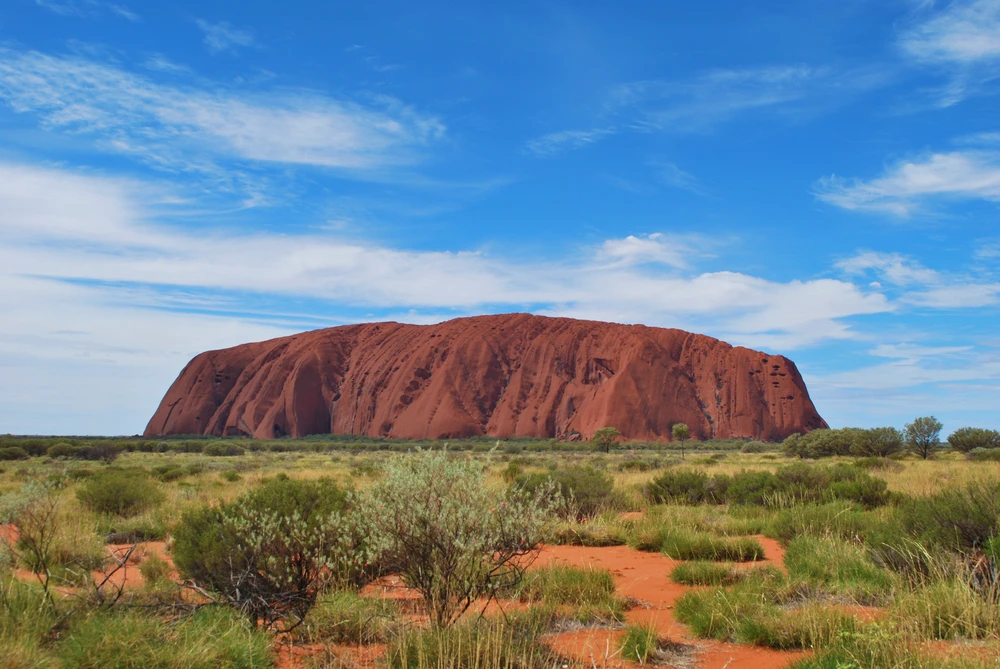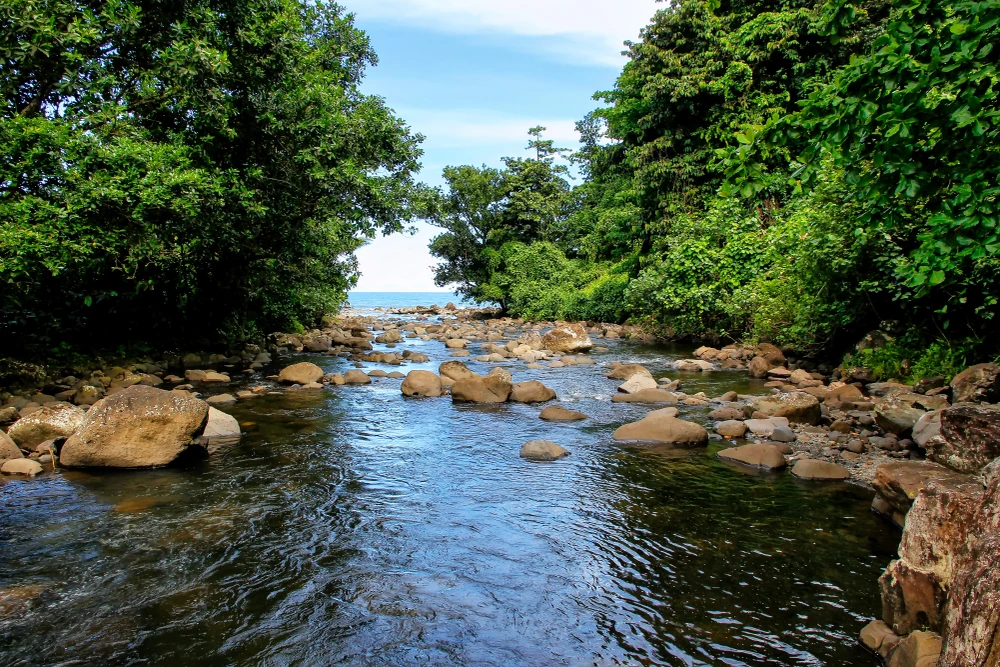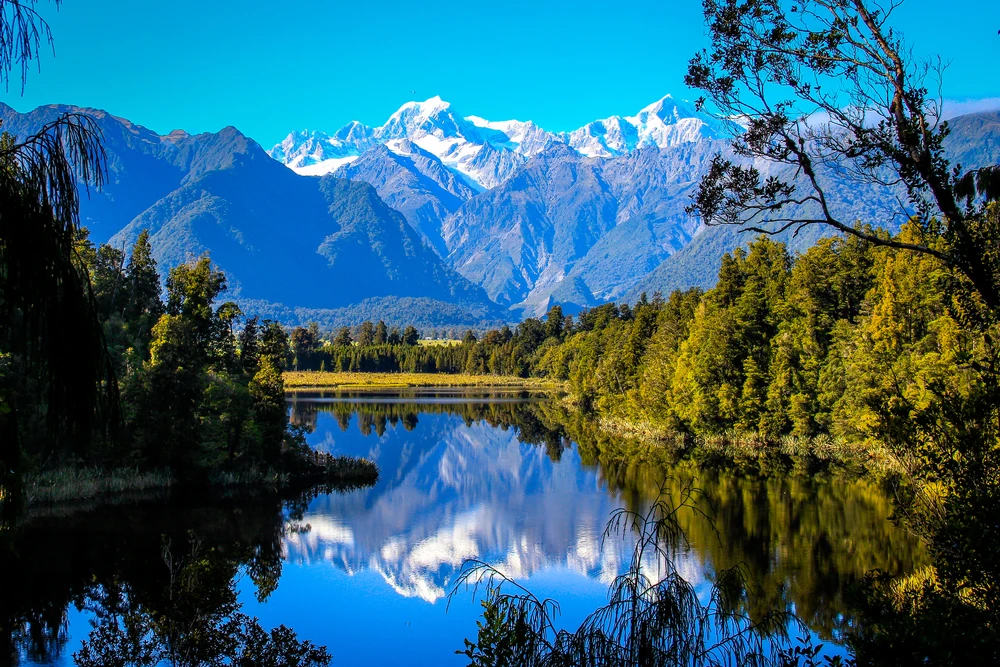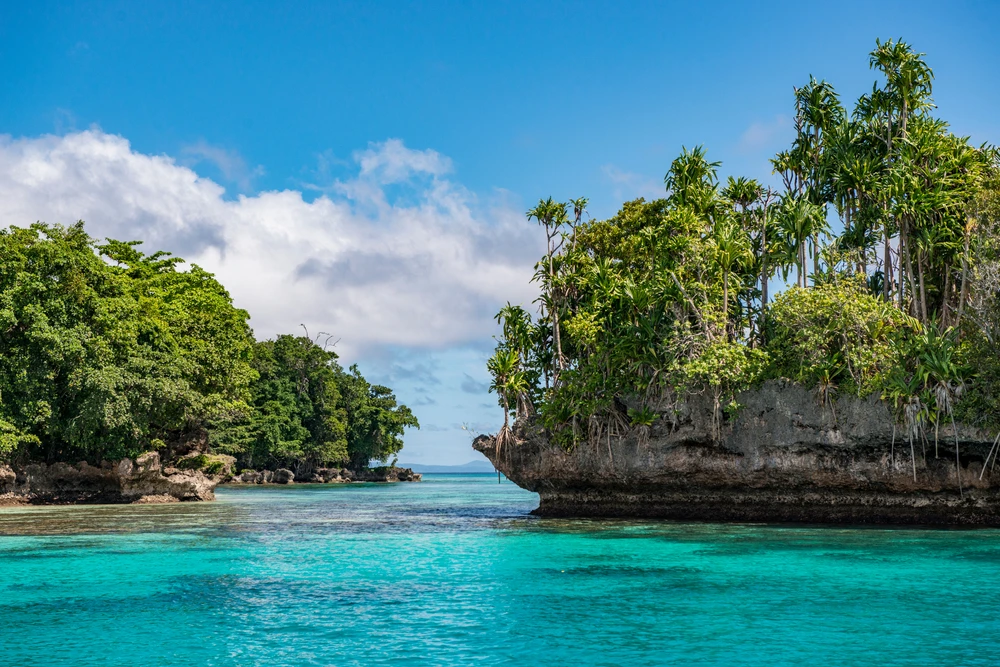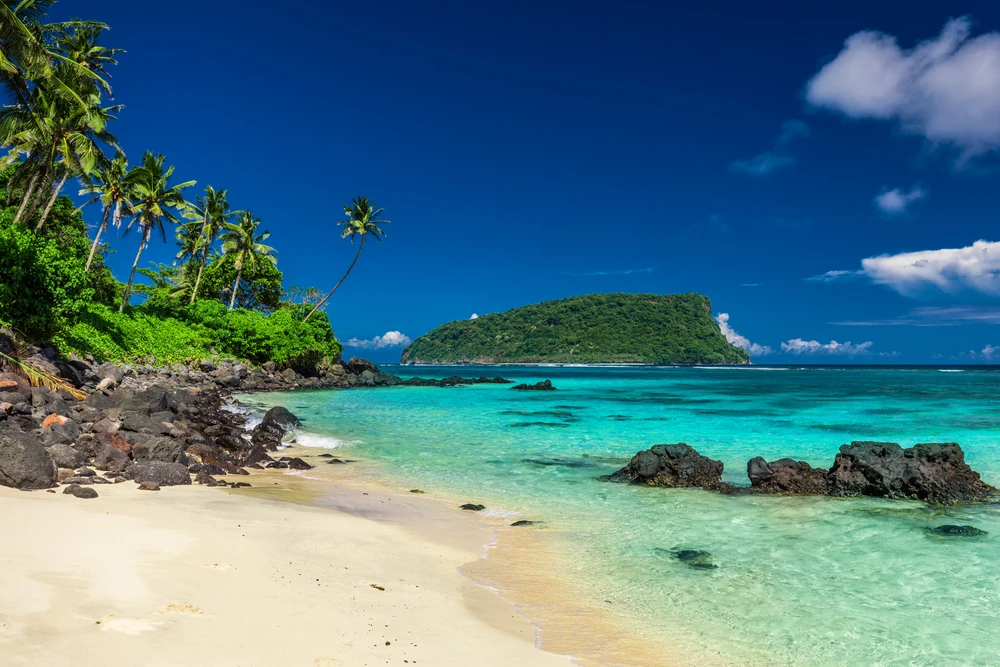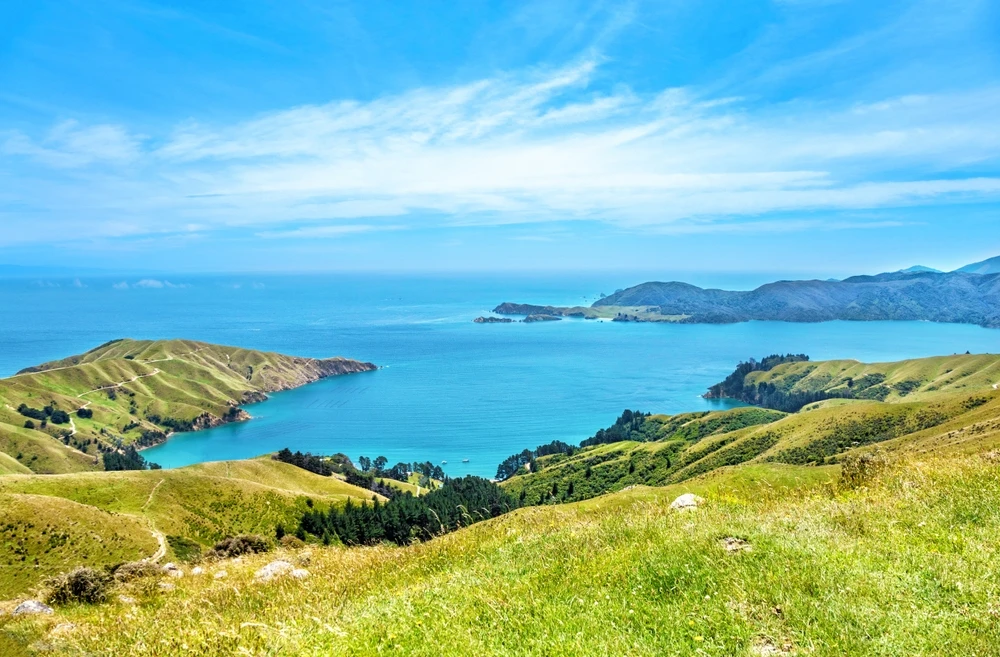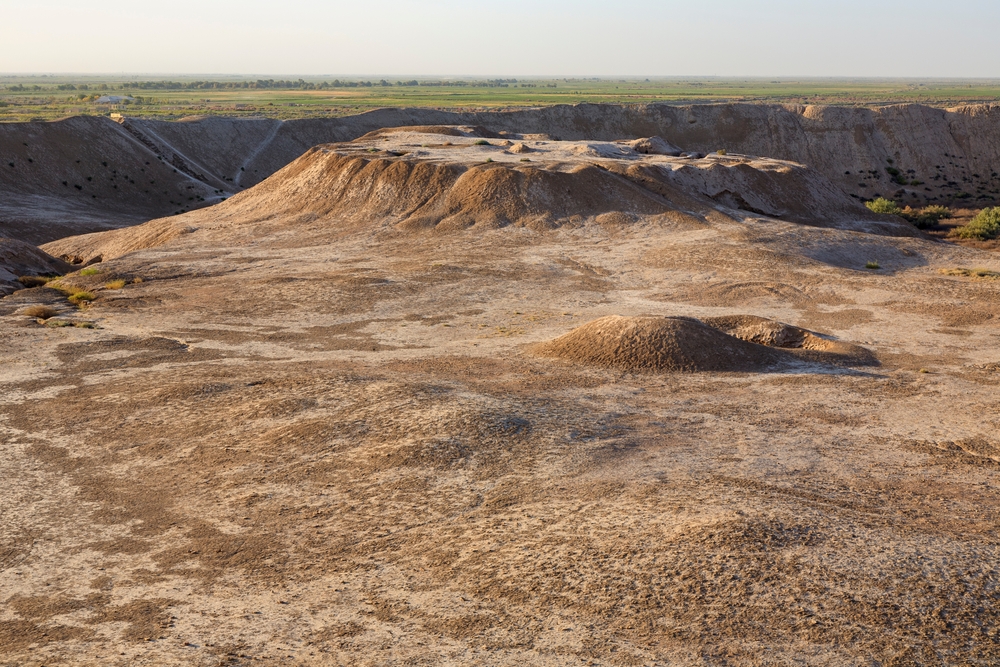Turkmenistan is home to only one officially designated national park, reflecting the country’s diverse landscapes and ecological richness. These parks are vital for preserving Turkmenistan’s unique biodiversity, which spans deserts, mountains, and riverine ecosystems. Despite its arid climate, the country supports an impressive variety of flora and fauna, with endemic species and habitats that are critical for regional conservation efforts. The national parks of Turkmenistan offer a glimpse into the country’s natural heritage, providing sanctuaries for rare and endangered species.
One of the most notable parks is Köýtendag National Park, located in the Köýtendag Range along the border with Uzbekistan. This park is renowned for its dramatic karst landscapes, including caves, sinkholes, and underground lakes. The most famous of these is the Karlyuk Caves system, a UNESCO World Heritage candidate, which harbors stunning stalactites and stalagmites. Köýtendag is also home to unique species such as the Central Asian leopard, mountain sheep (argali), and several endemic plants. The park’s biodiversity and geological features make it a treasure trove for scientists and nature enthusiasts alike.
Another significant park is Repetek Biosphere State Reserve, which is part of Turkmenistan’s efforts to protect its desert ecosystems, especially the Karakum Desert. While not officially designated as a “national park” by international definitions, it functions as a protected area of similar stature. This vast expanse of desert is critical for preserving the unique flora and fauna of the region, including sand gazelles, desert monitors, and rare vegetation adapted to extreme conditions. Visitors to this park can witness the resilience of life in one of the harshest environments on Earth.
A key challenge for Turkmenistan’s national parks is balancing conservation with the pressures of development and climate change. The country’s arid environment is particularly vulnerable to desertification, water scarcity, and habitat degradation, which threaten its unique ecosystems. However, Turkmenistan has achieved some successes, particularly in species conservation, such as efforts to protect the saiga antelope and the kulan (Asiatic wild ass). International collaborations and increasing awareness of ecological sustainability are contributing to improved conservation outcomes.
Despite its relatively small number of national parks, Turkmenistan’s natural areas play a critical role in regional biodiversity conservation. These parks not only protect unique ecosystems but also offer opportunities for eco-tourism and scientific research. By continuing to prioritize sustainable practices, Turkmenistan can safeguard its natural heritage for future generations while promoting the value of its rich ecological tapestry.

